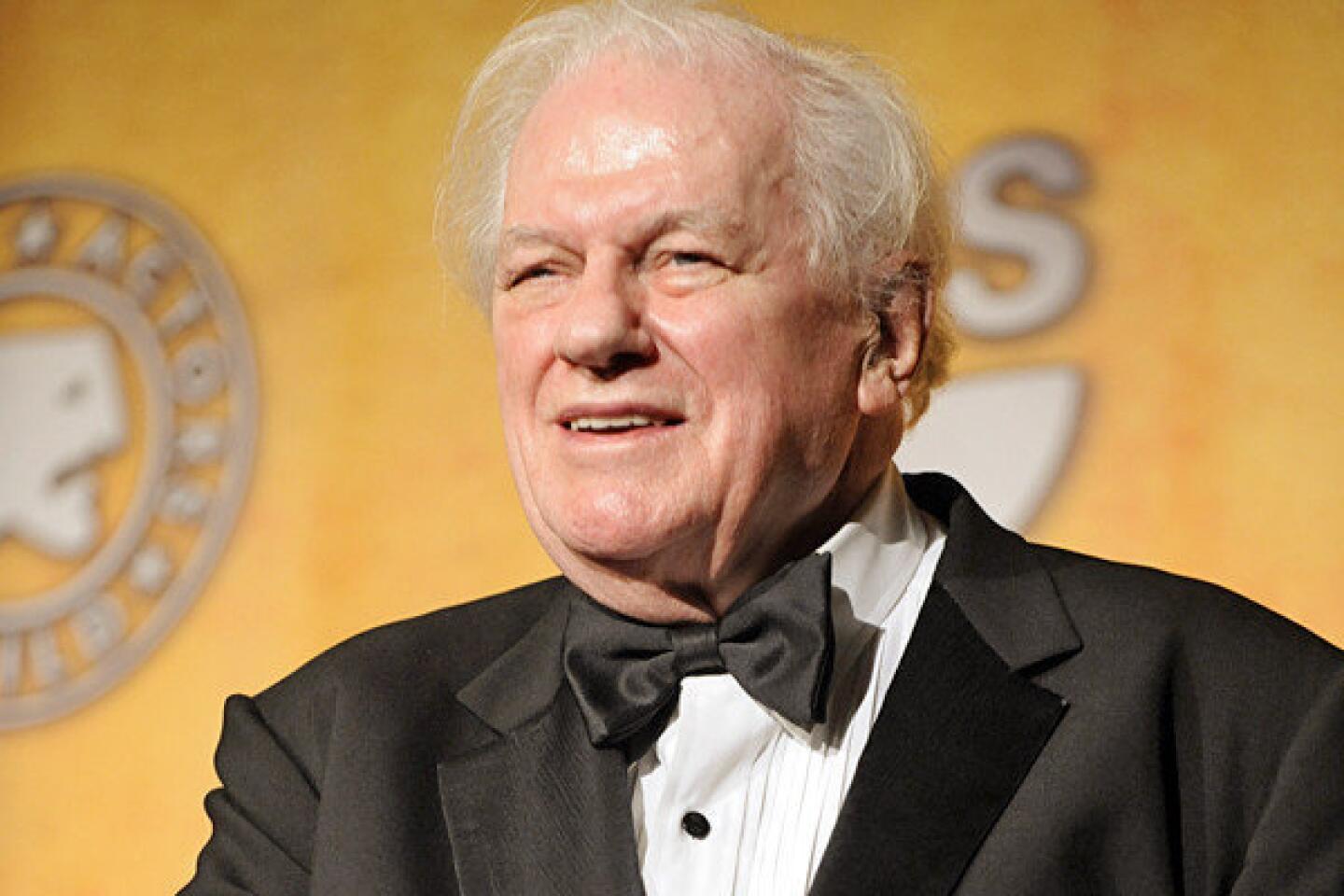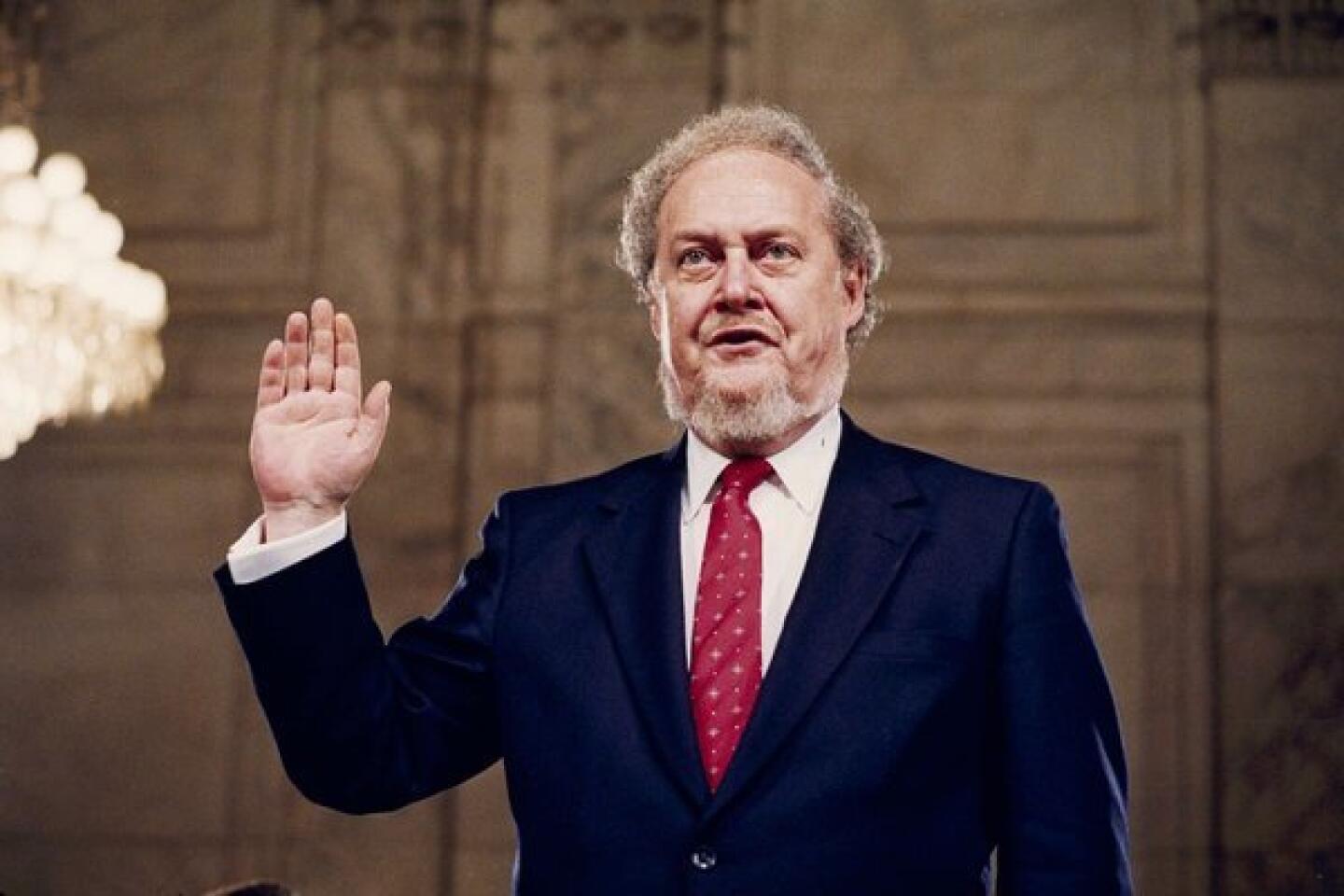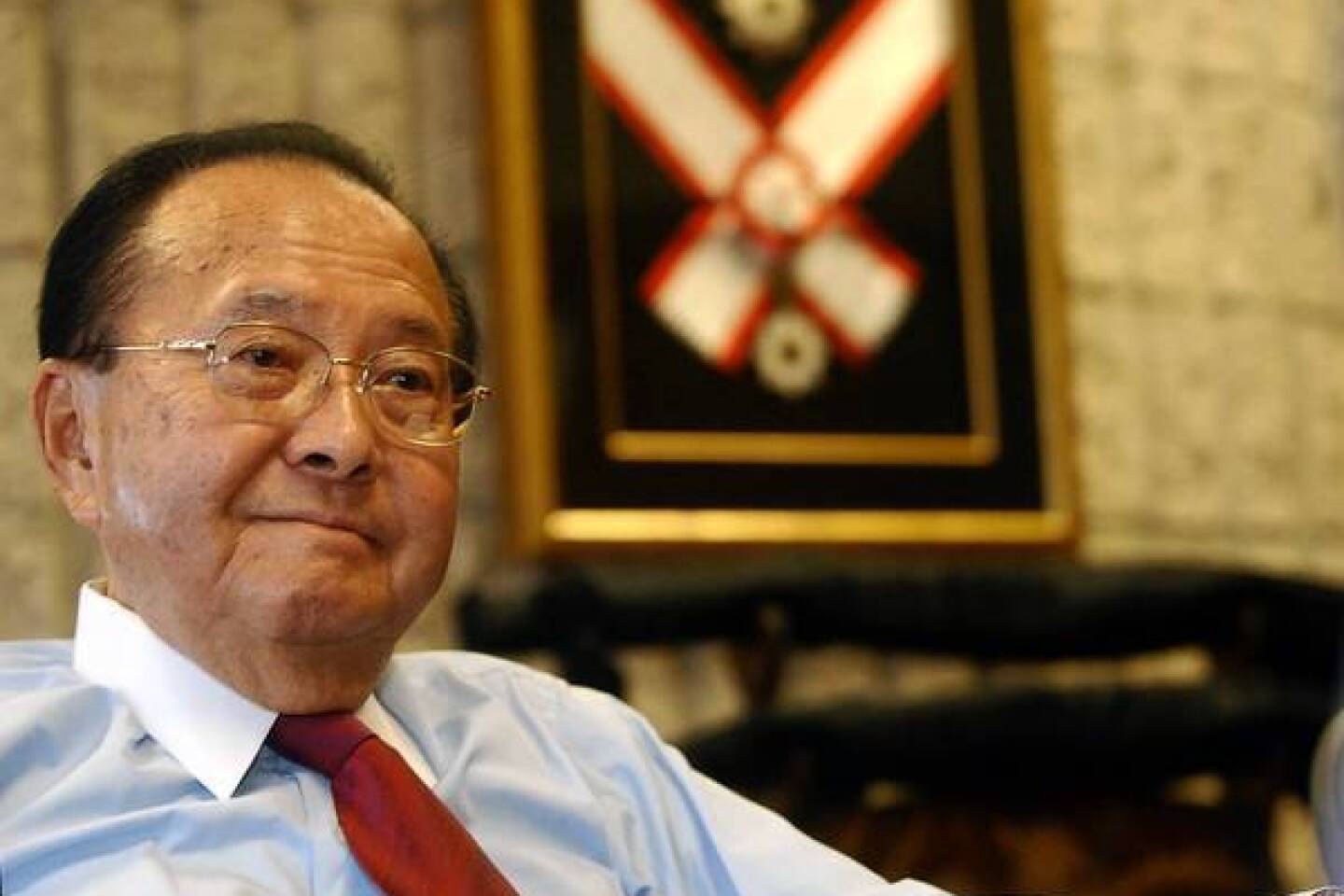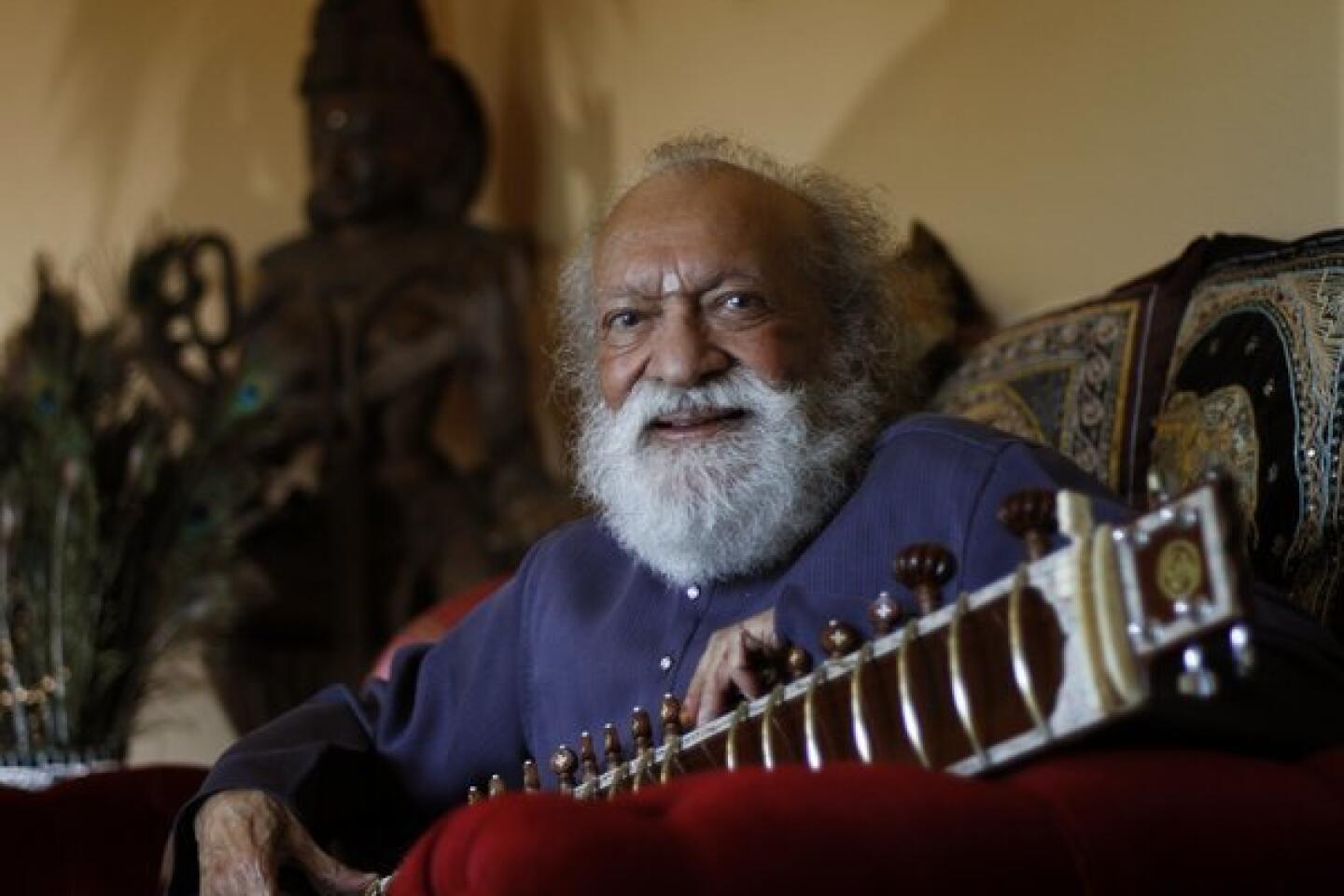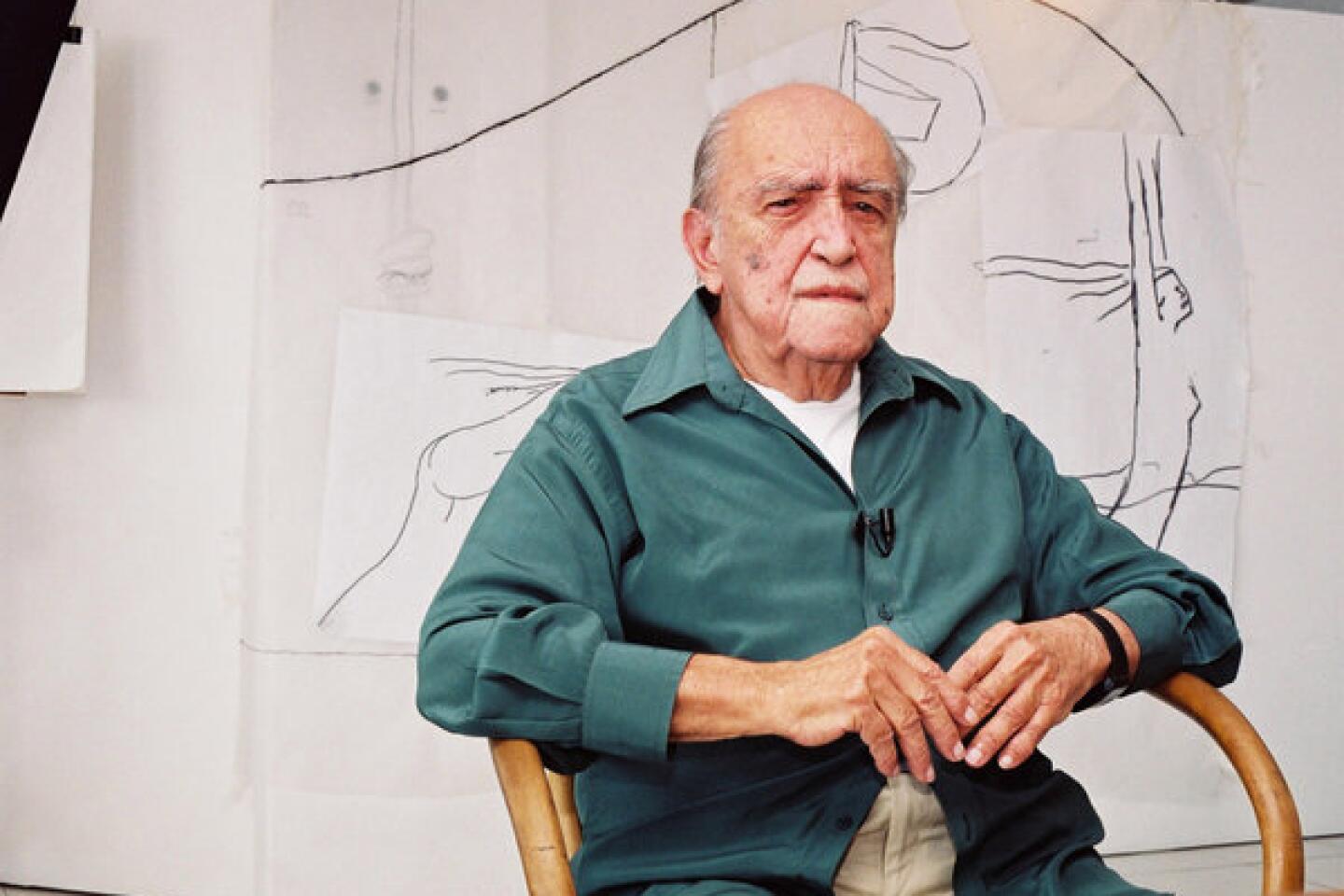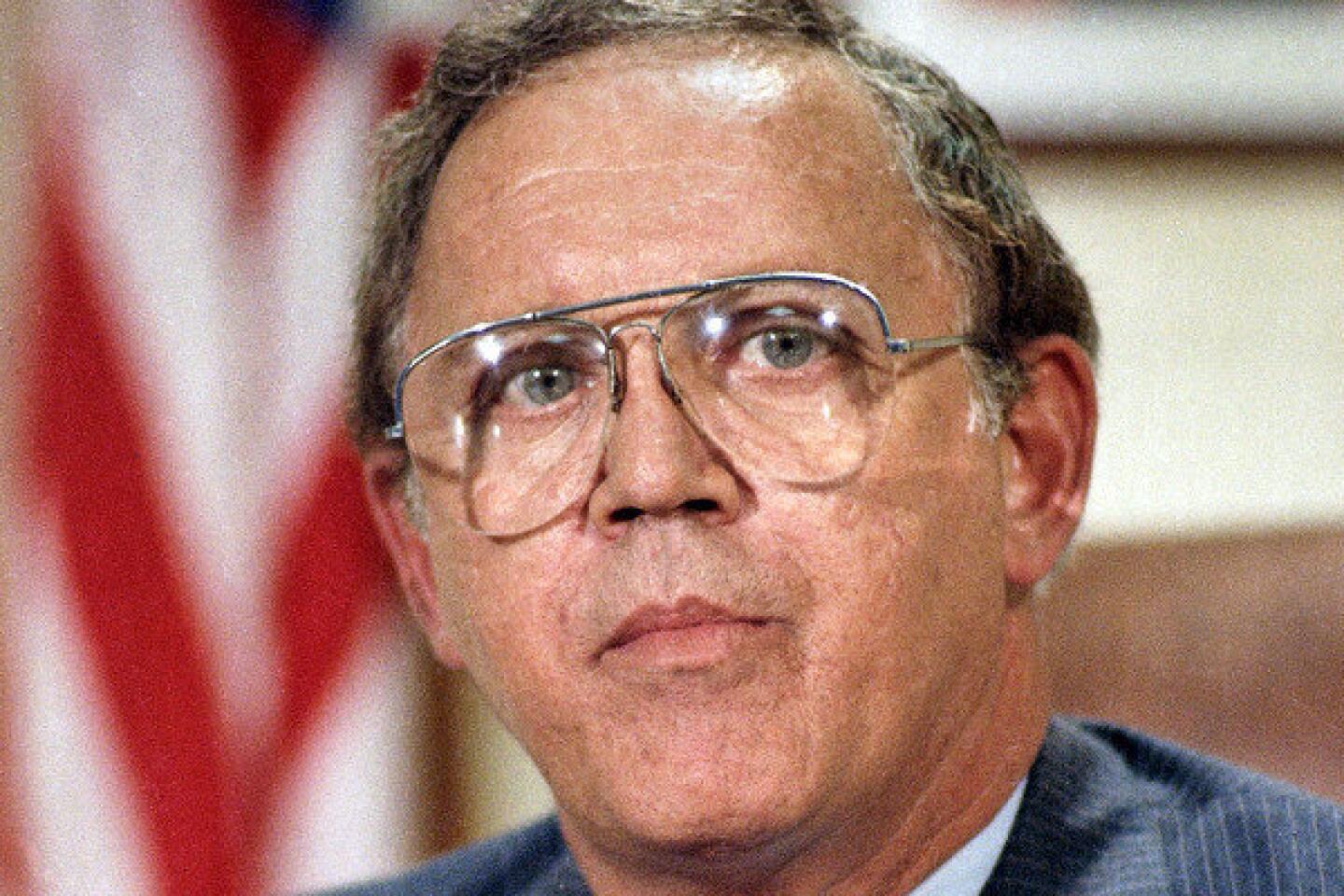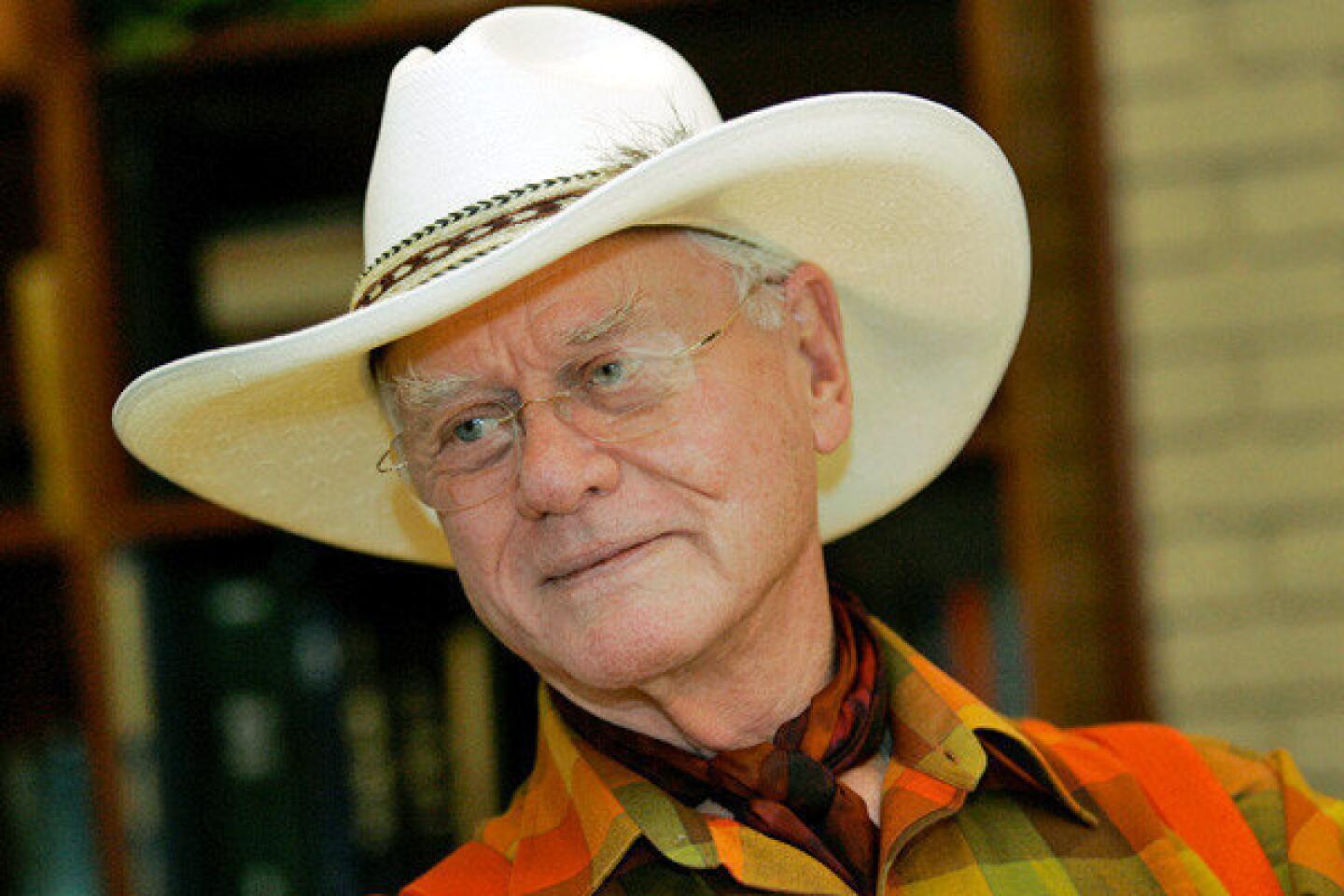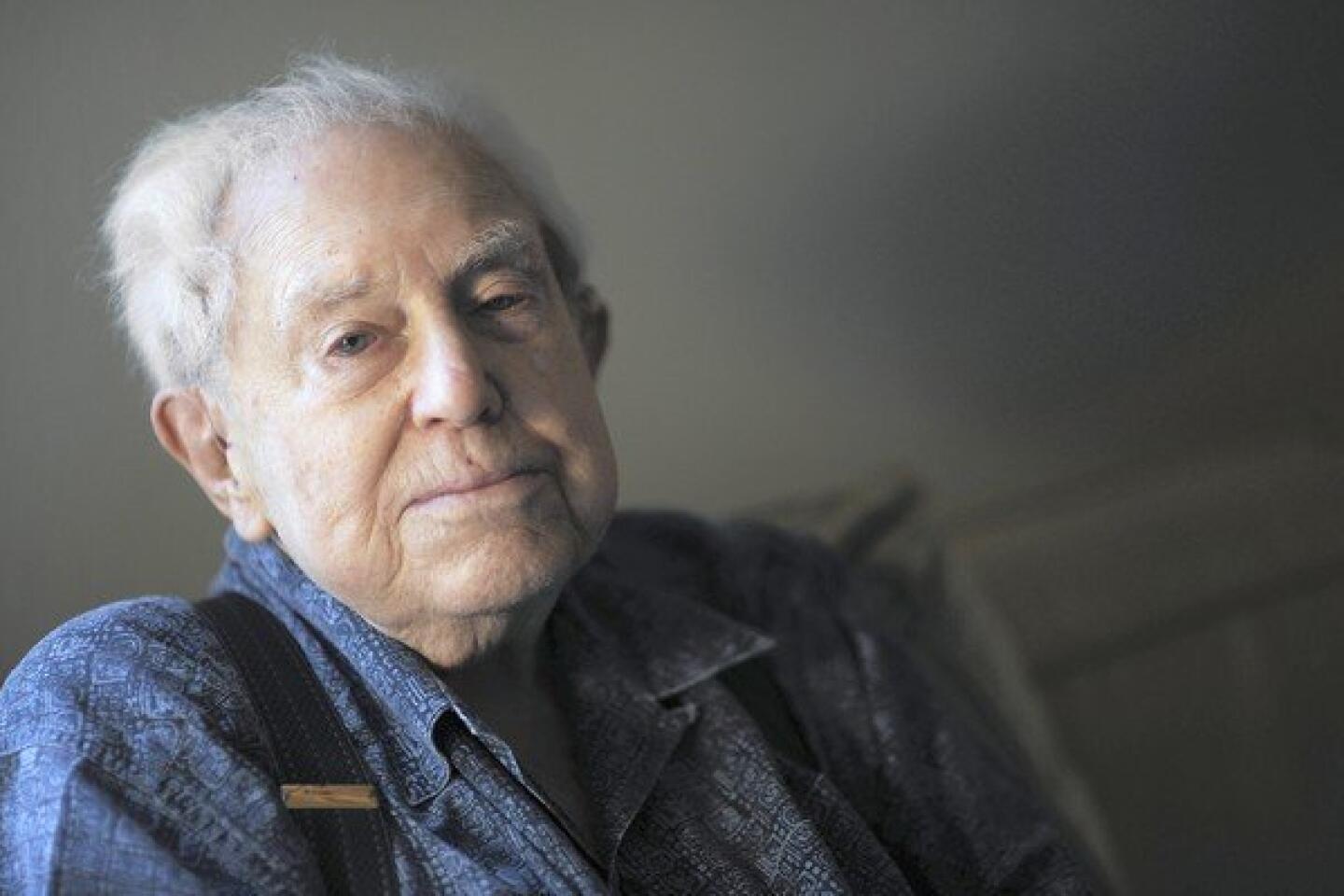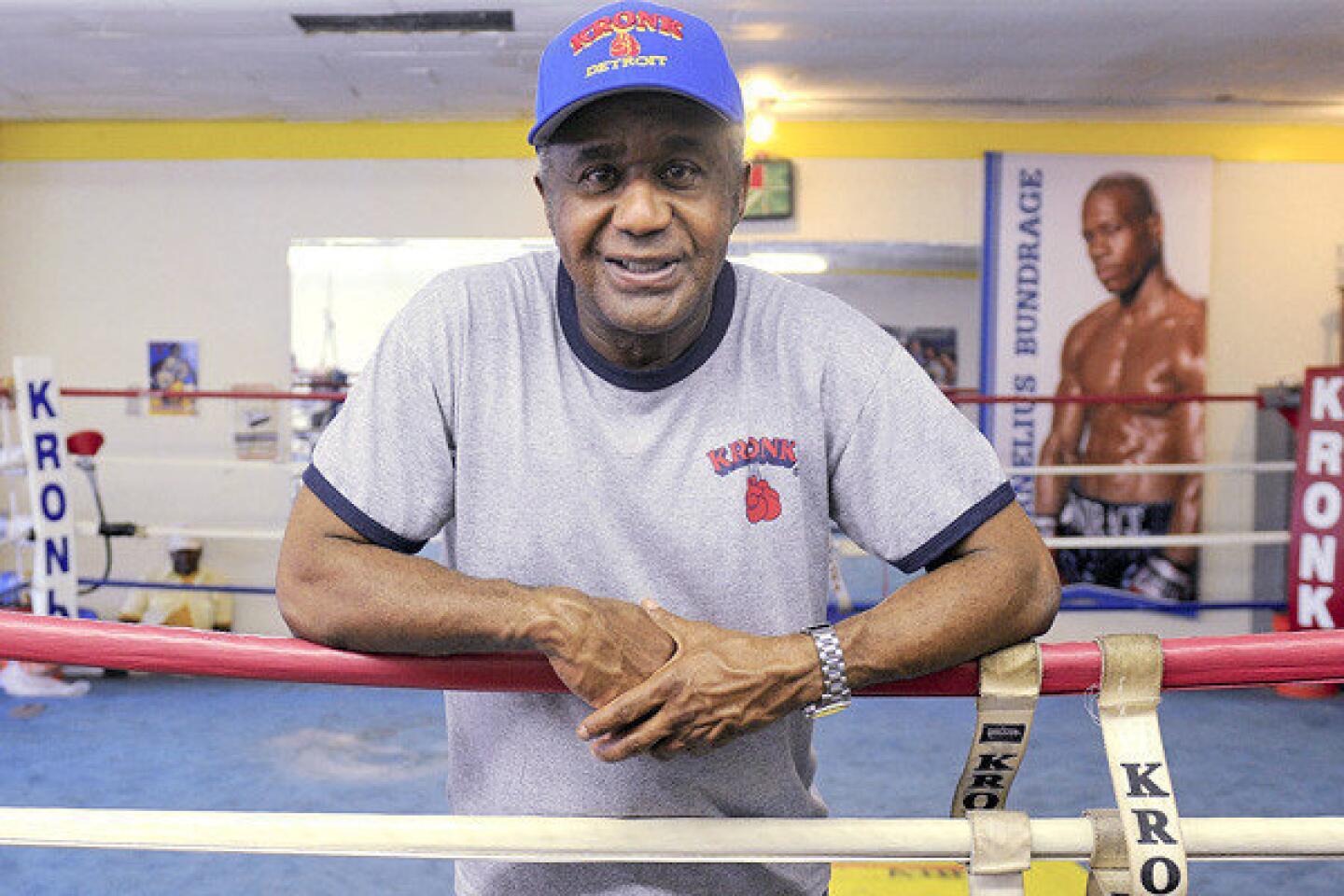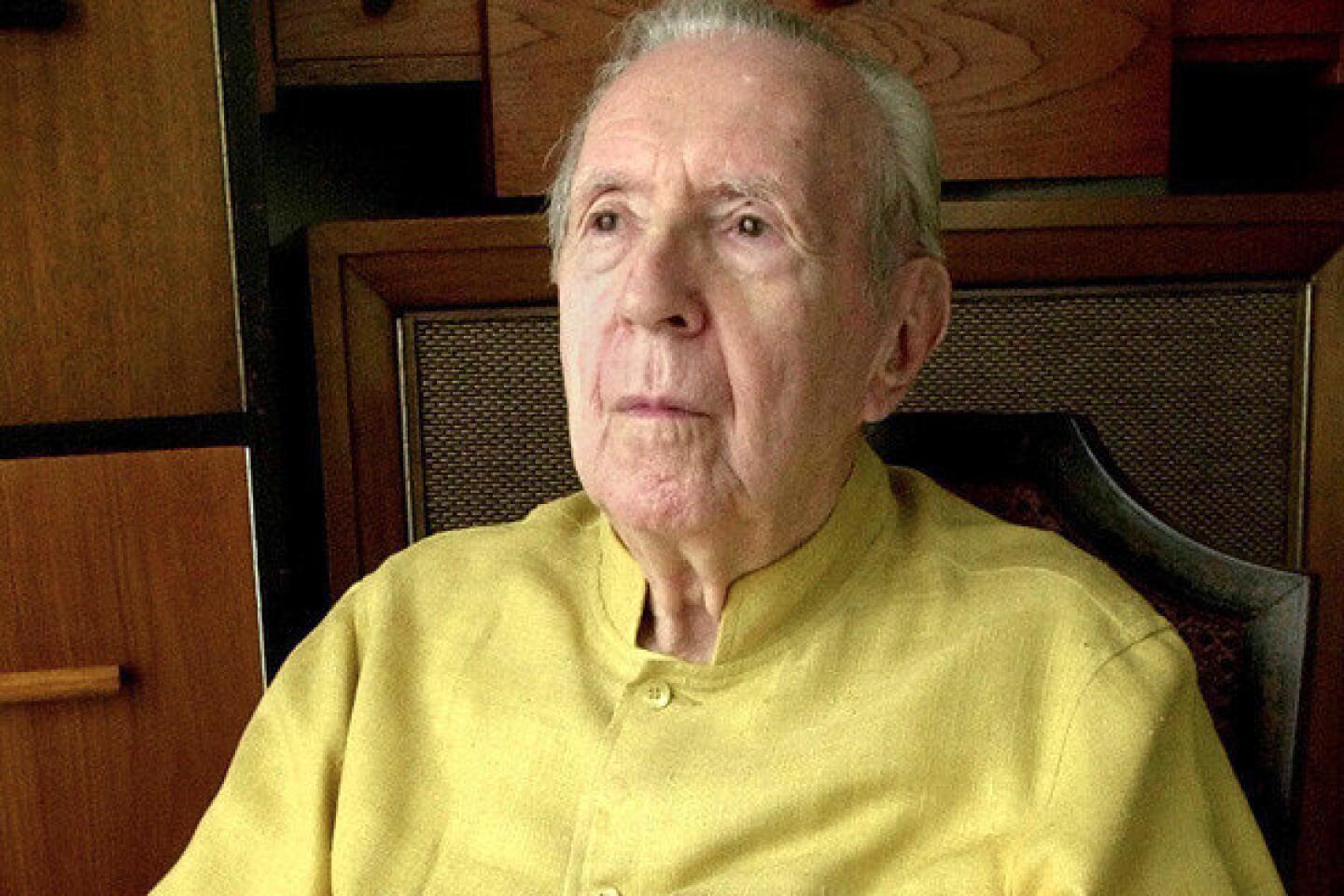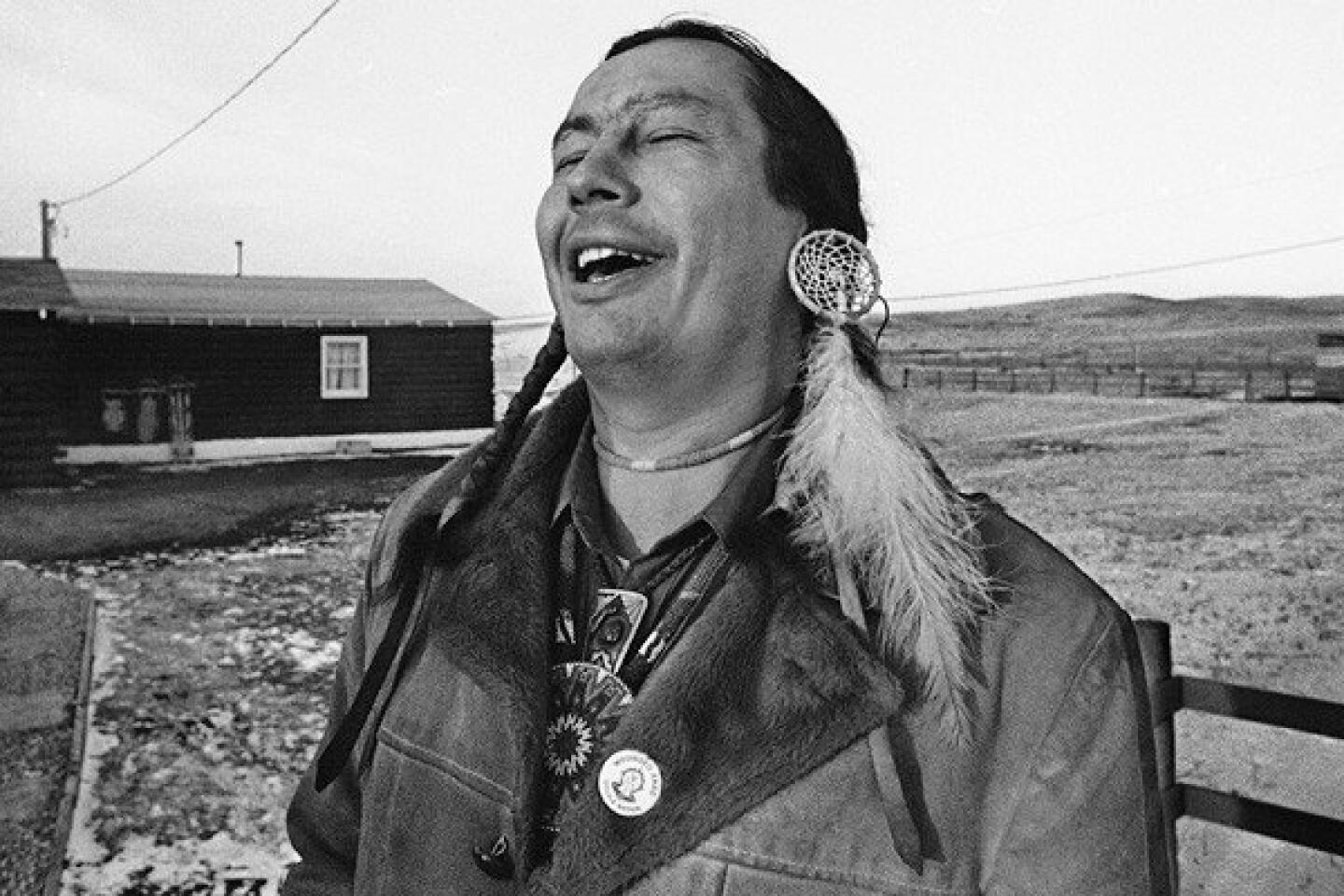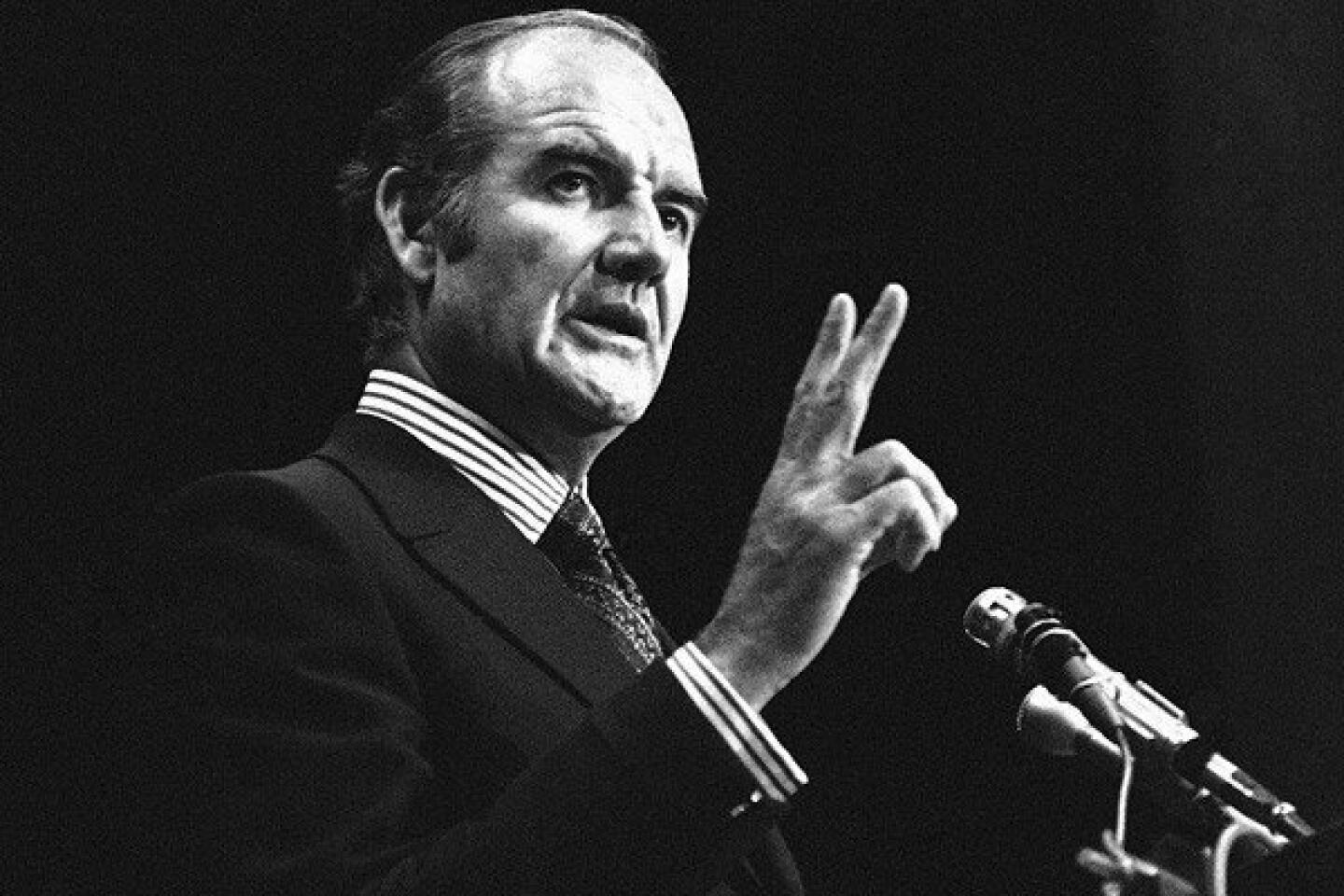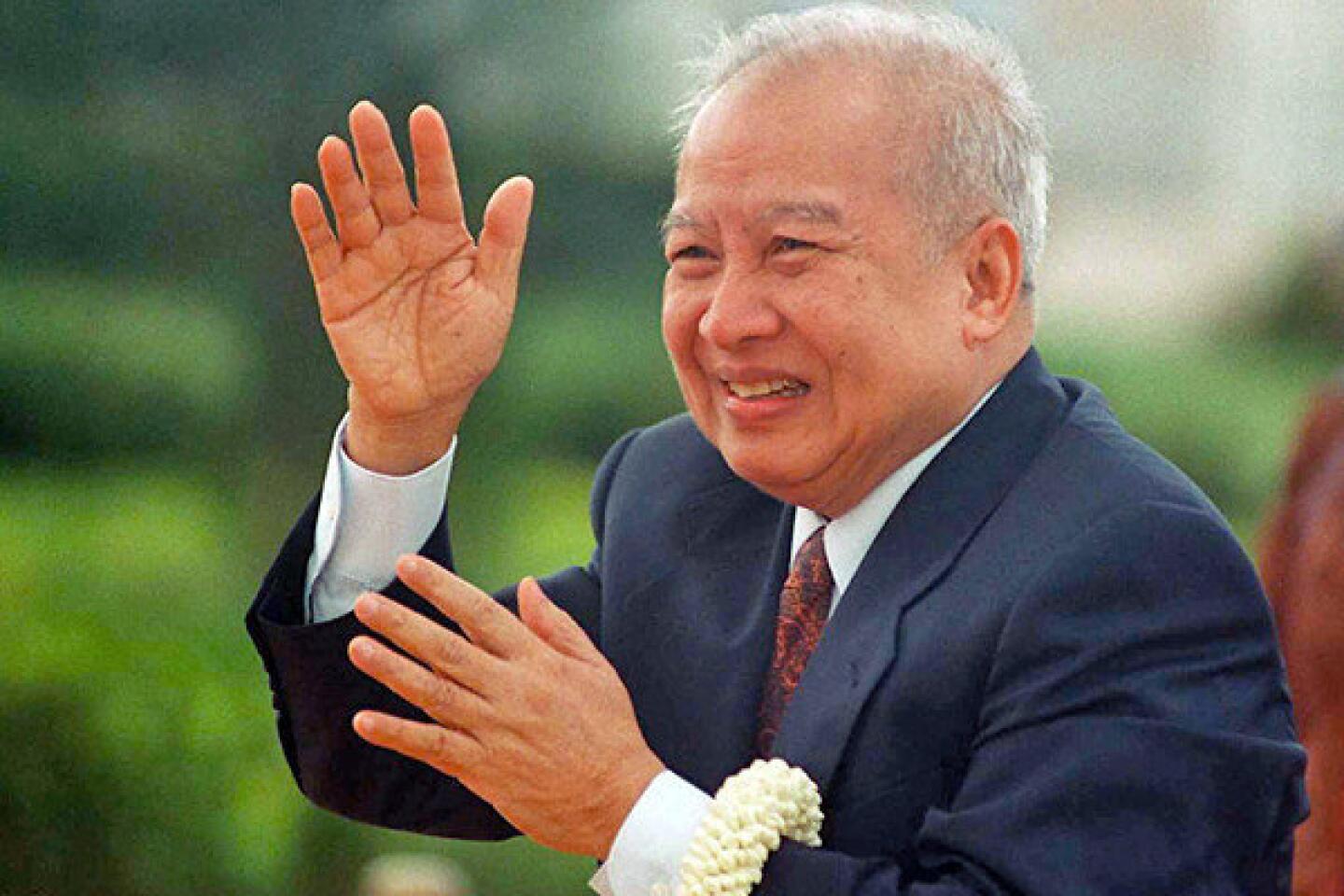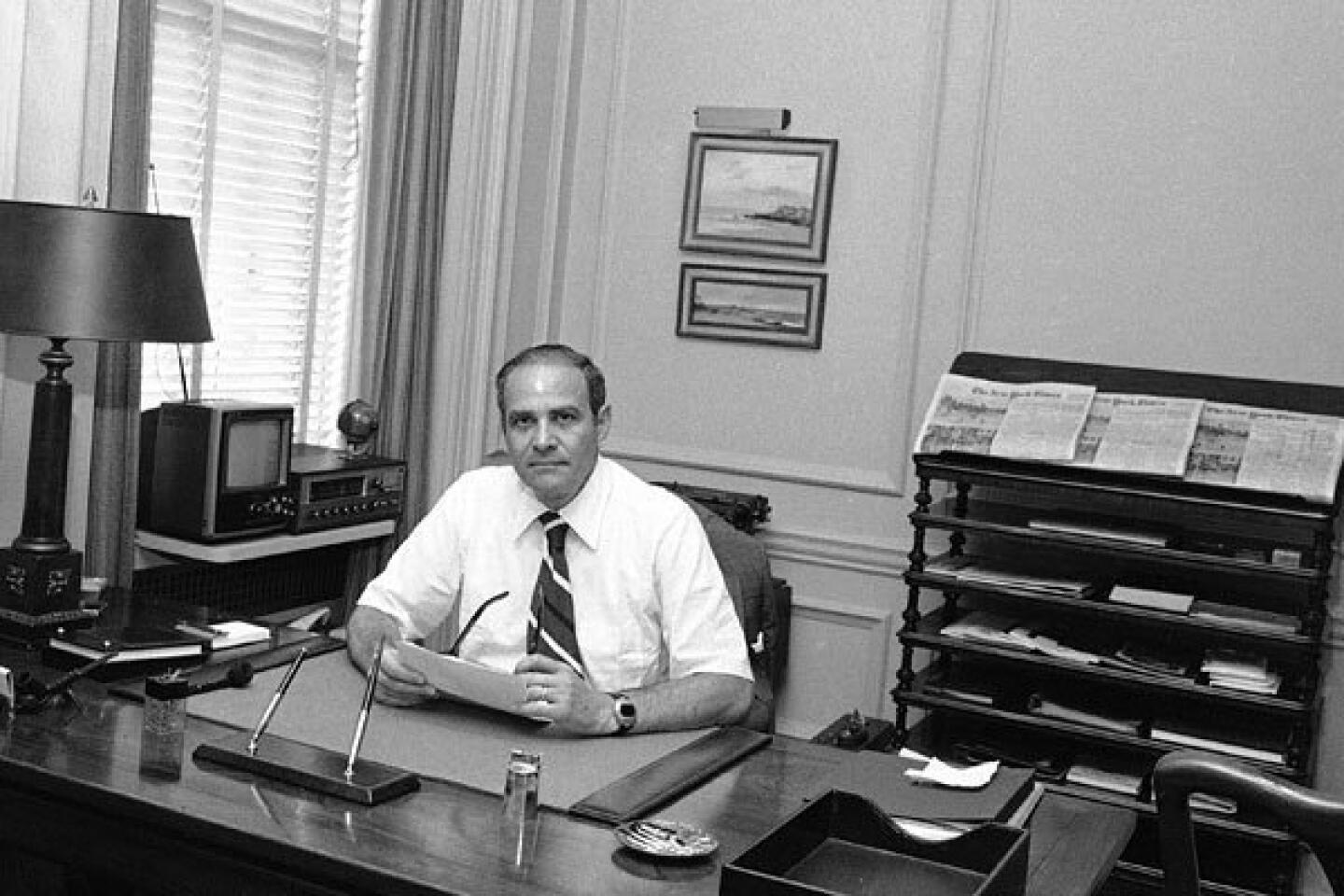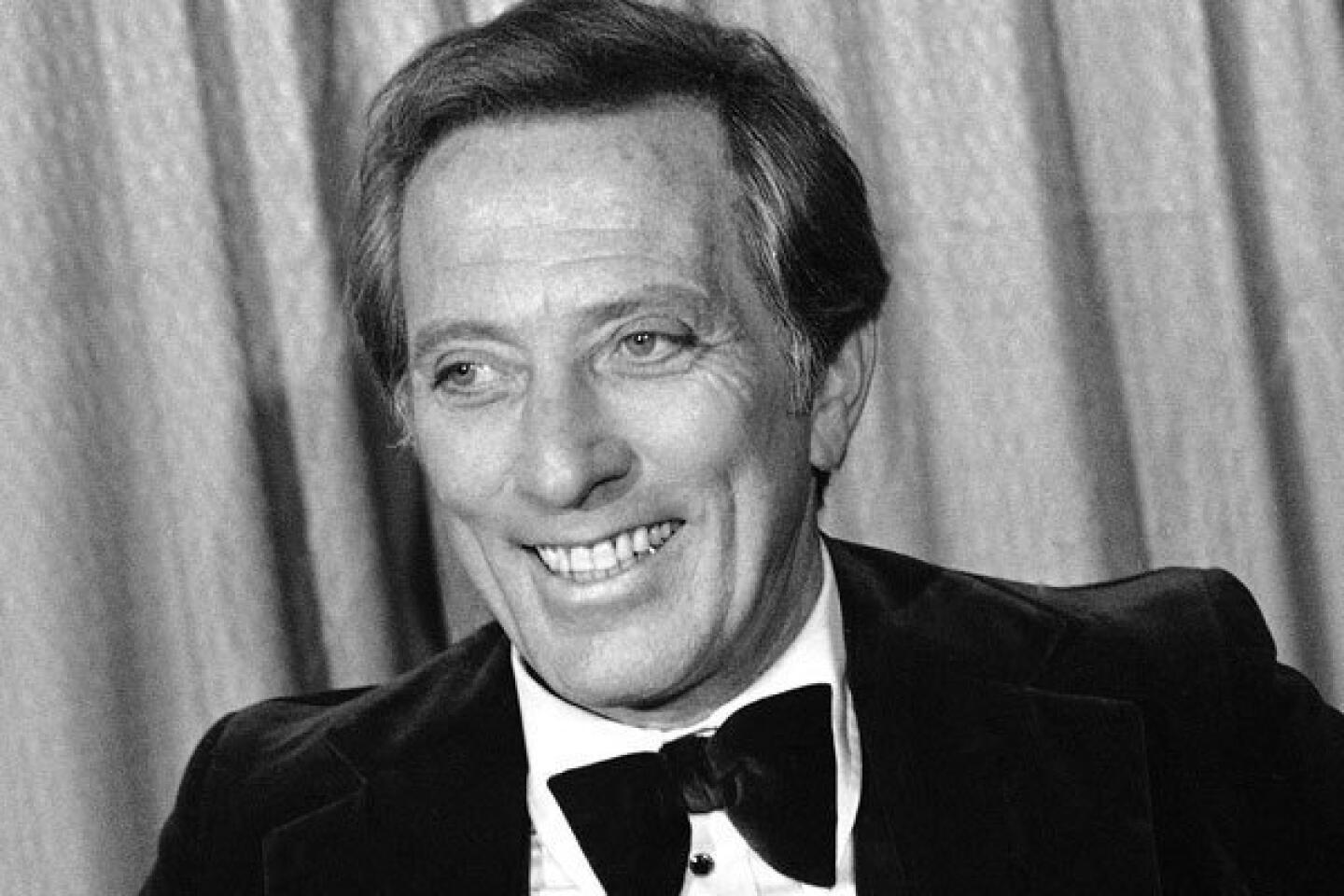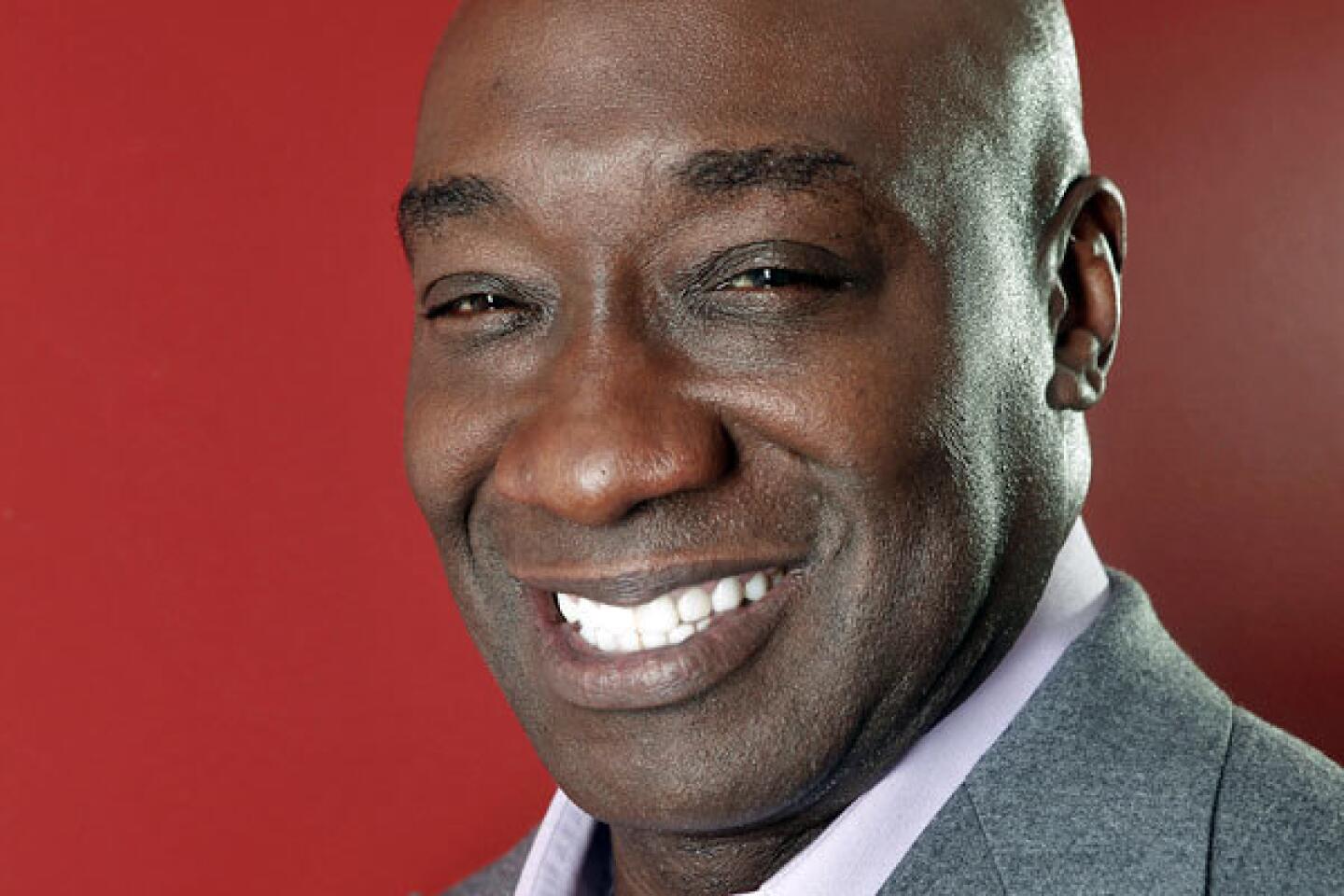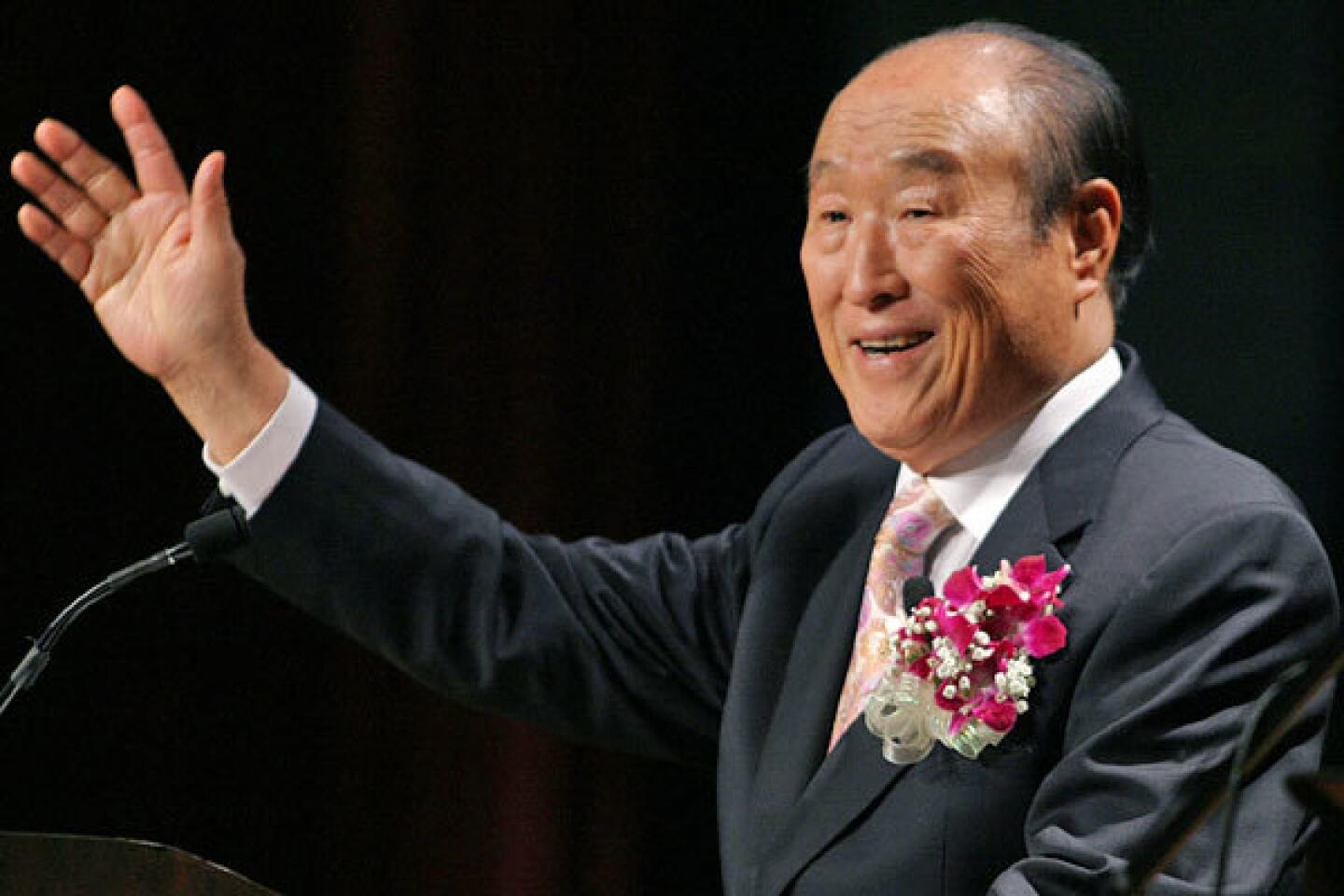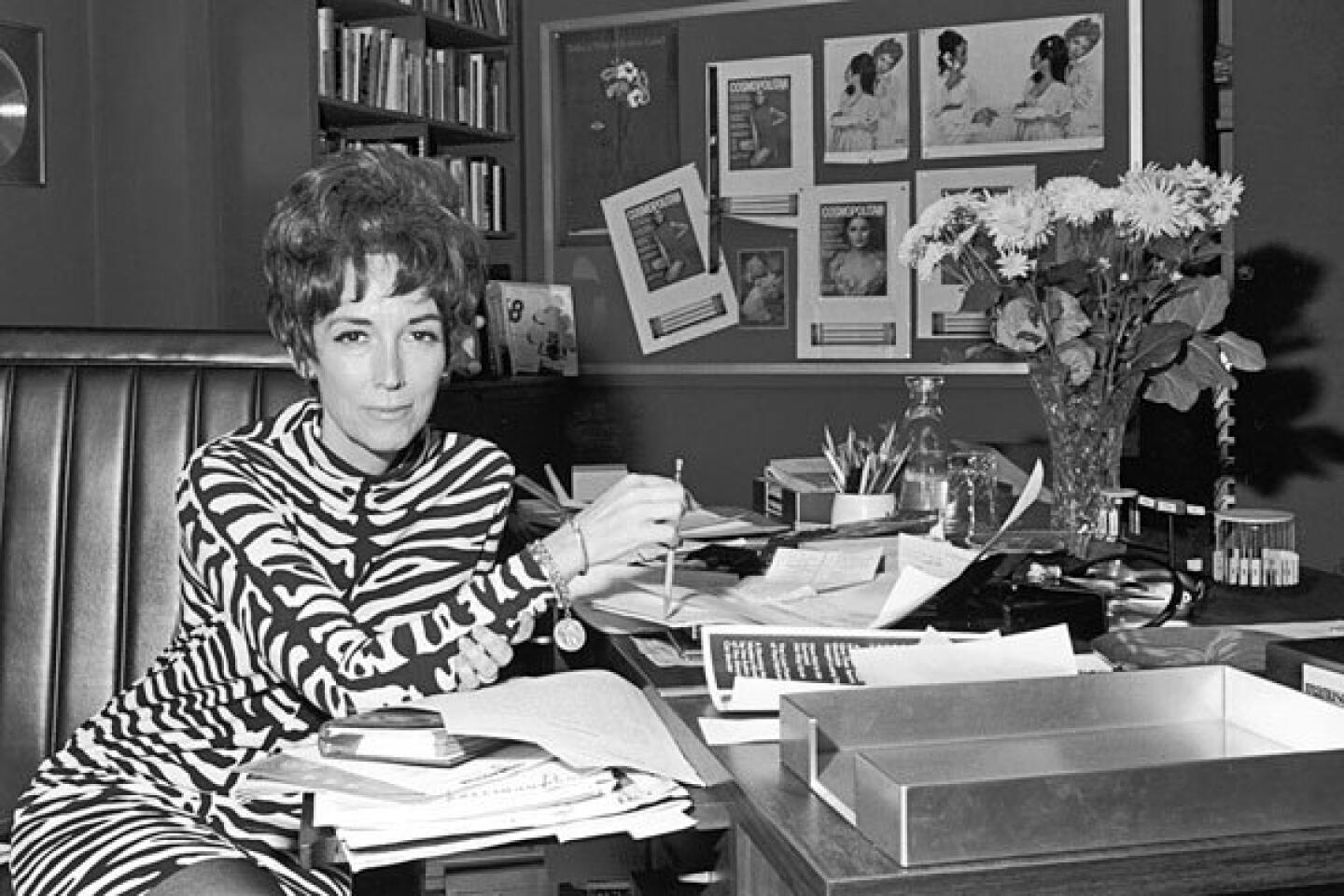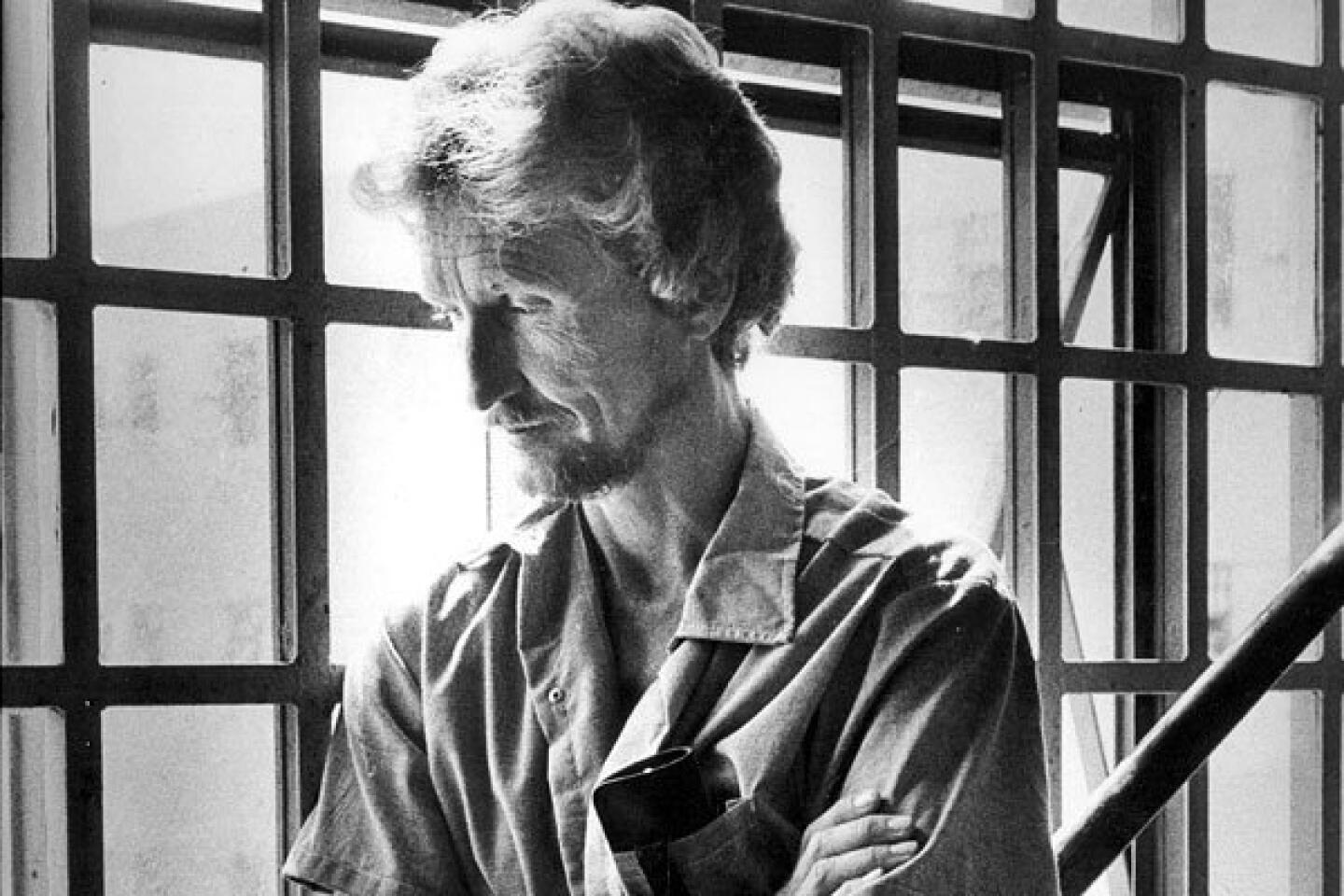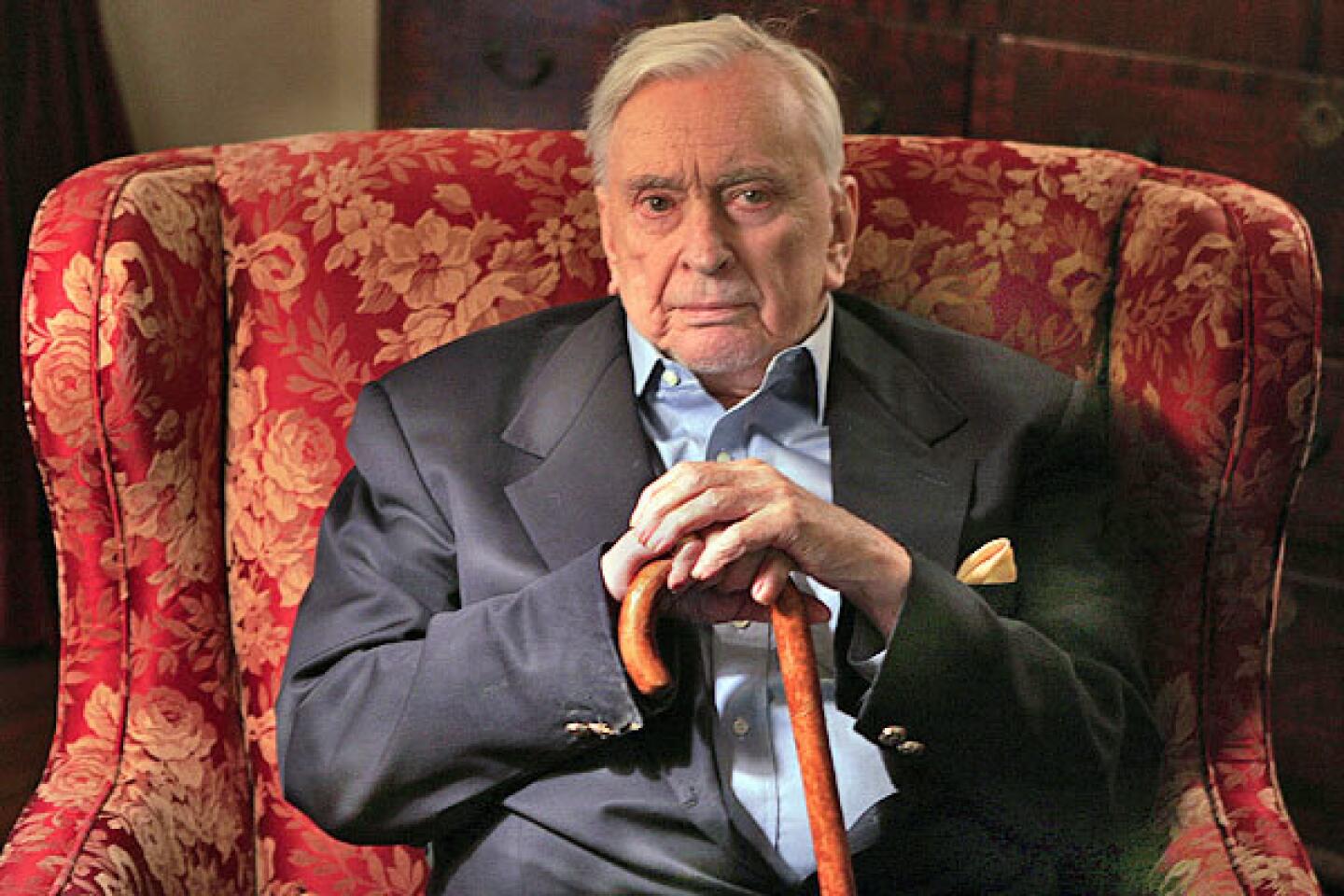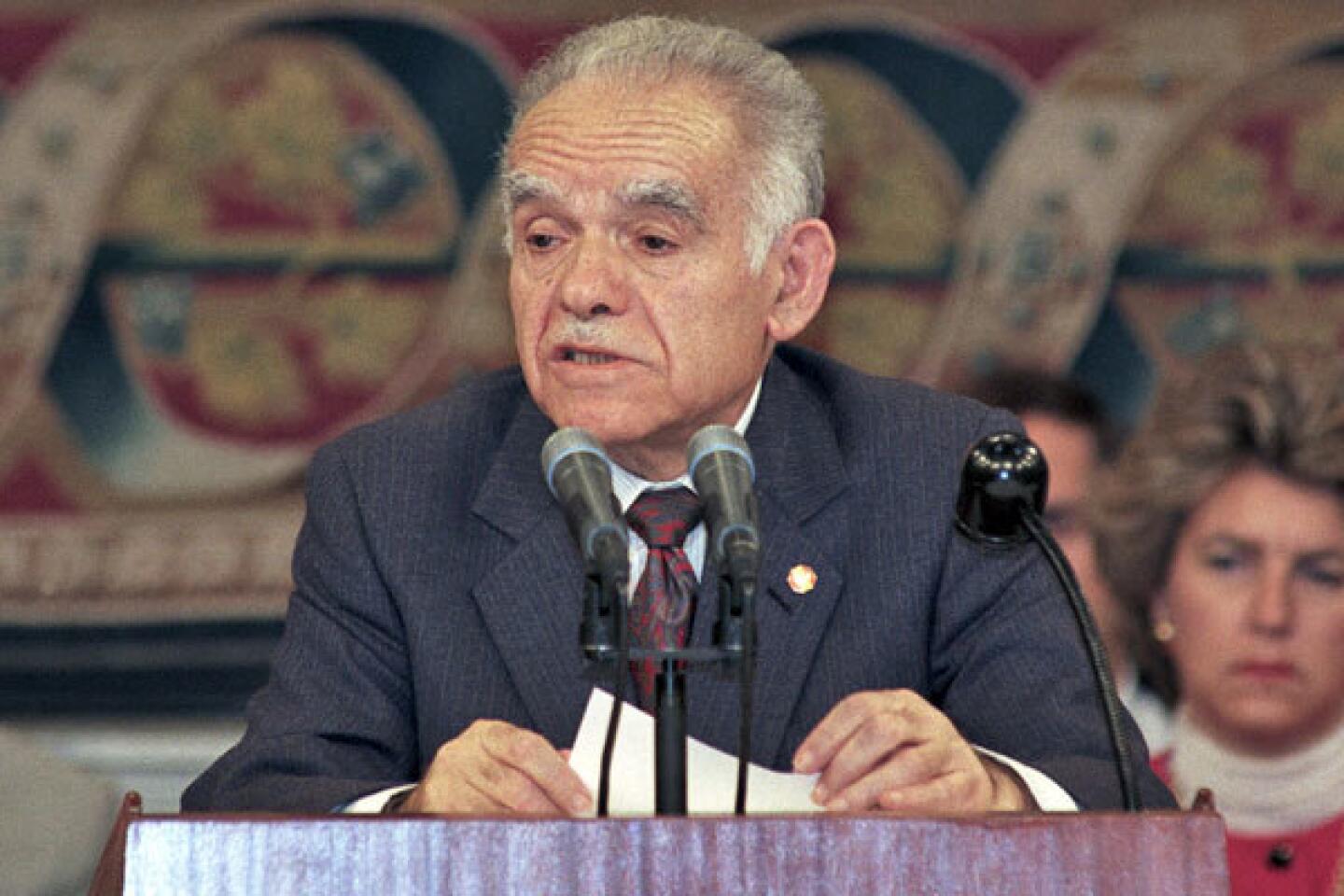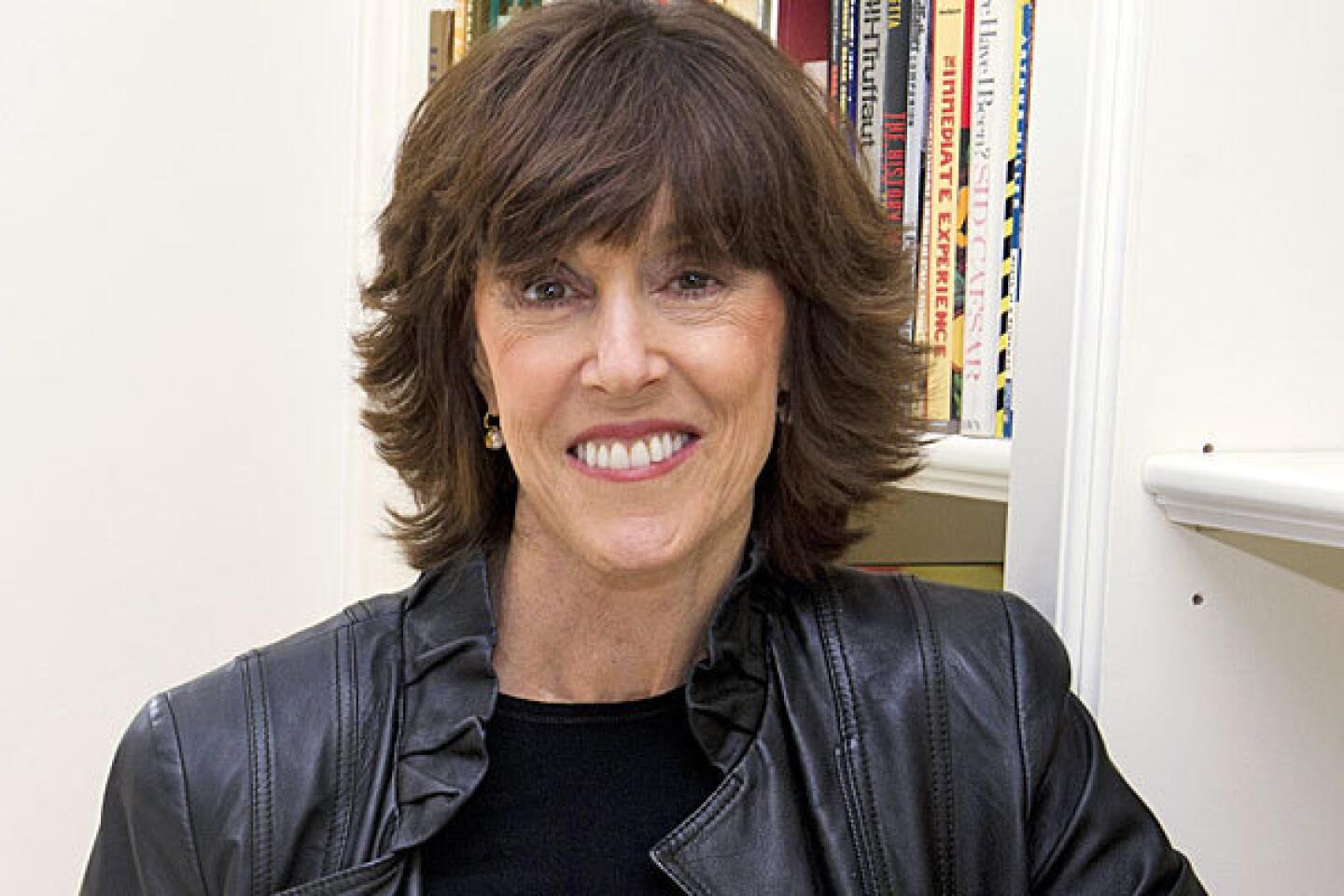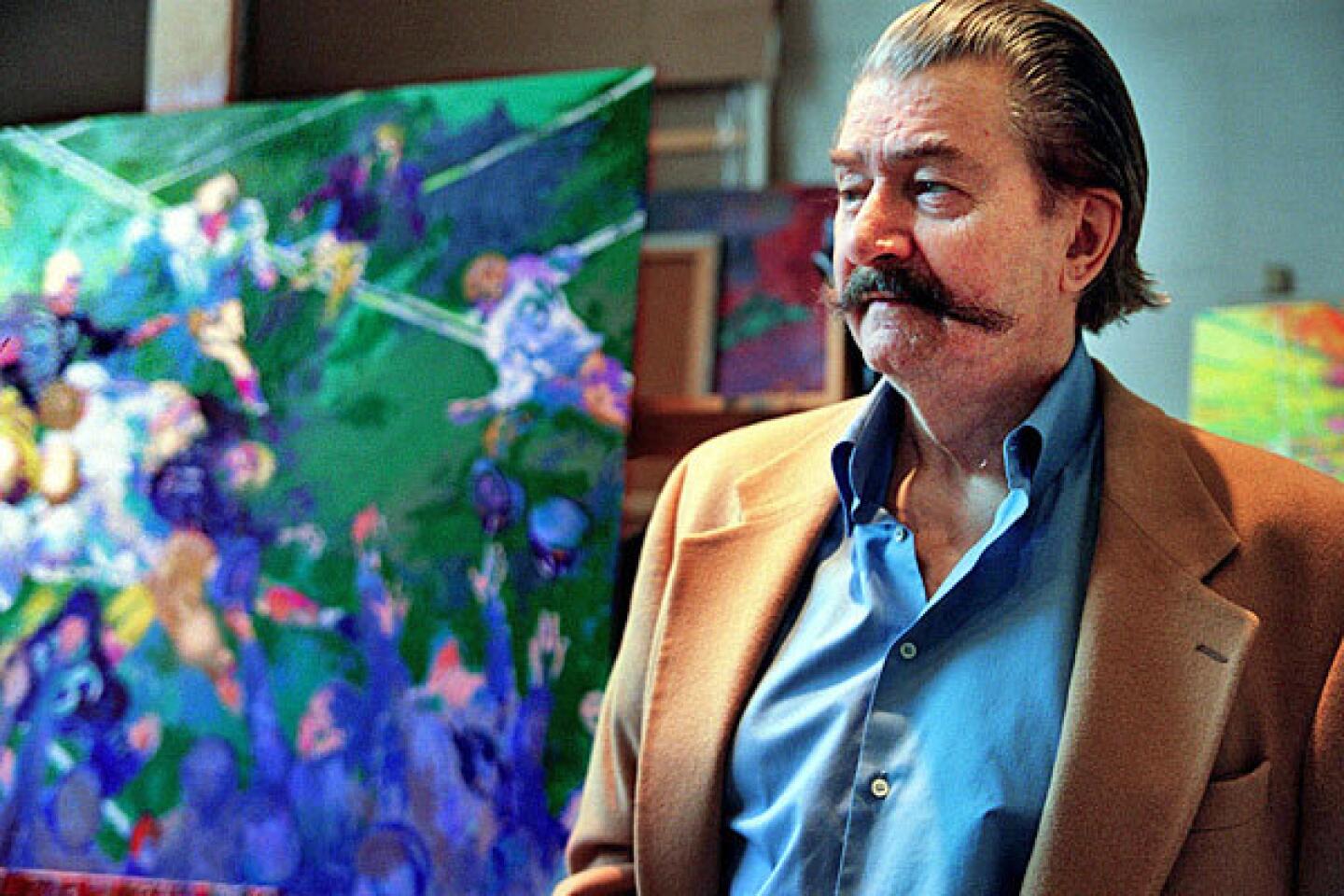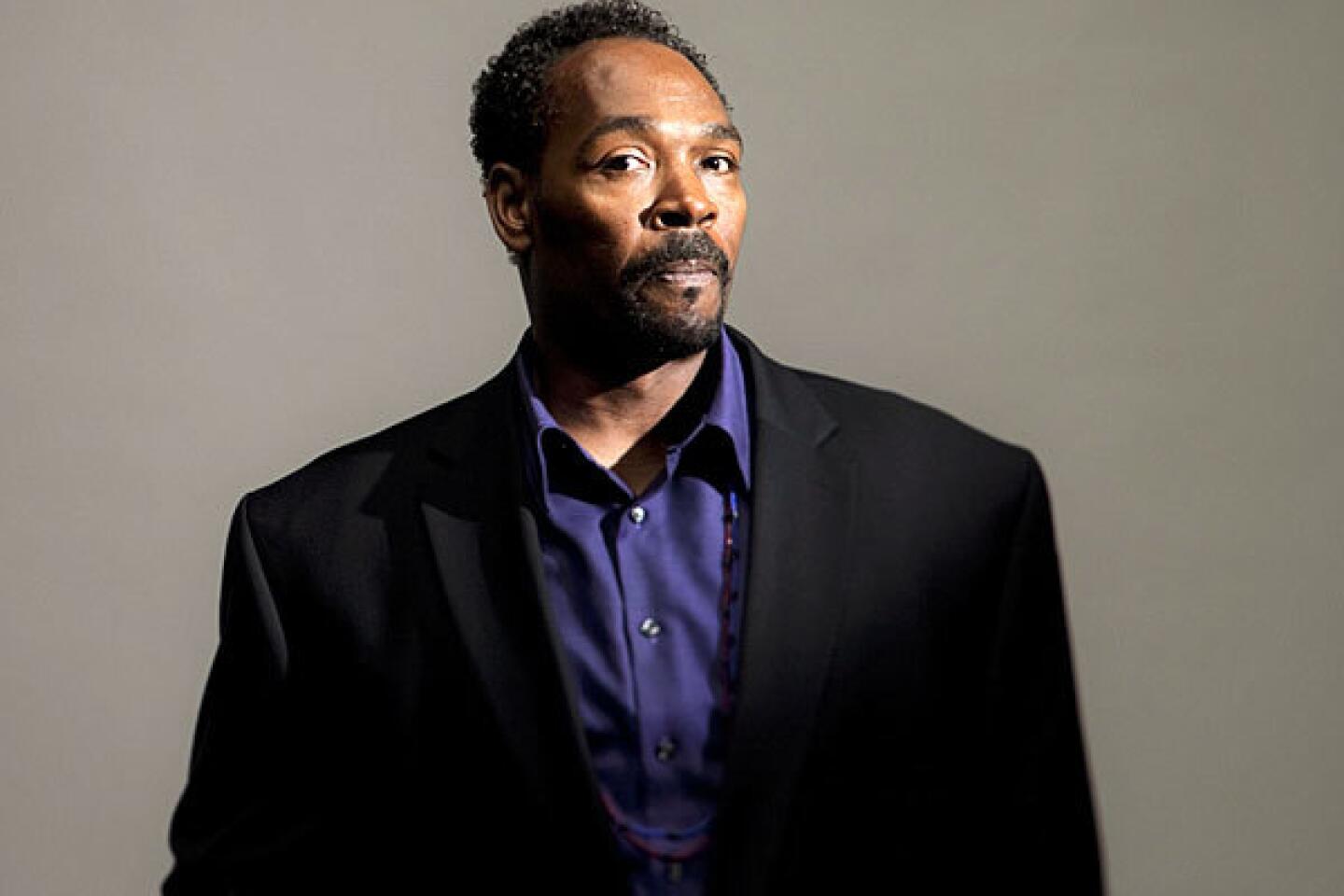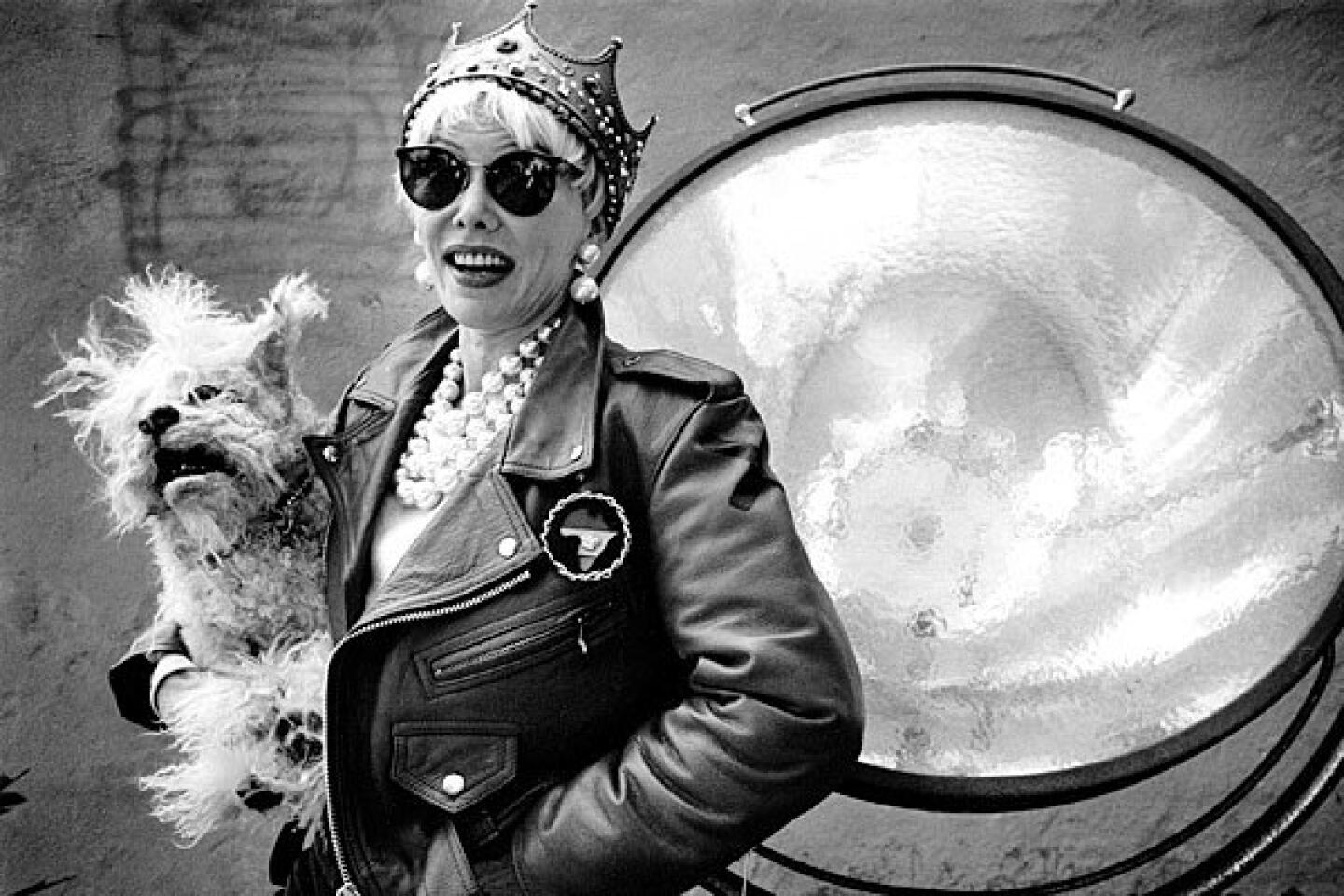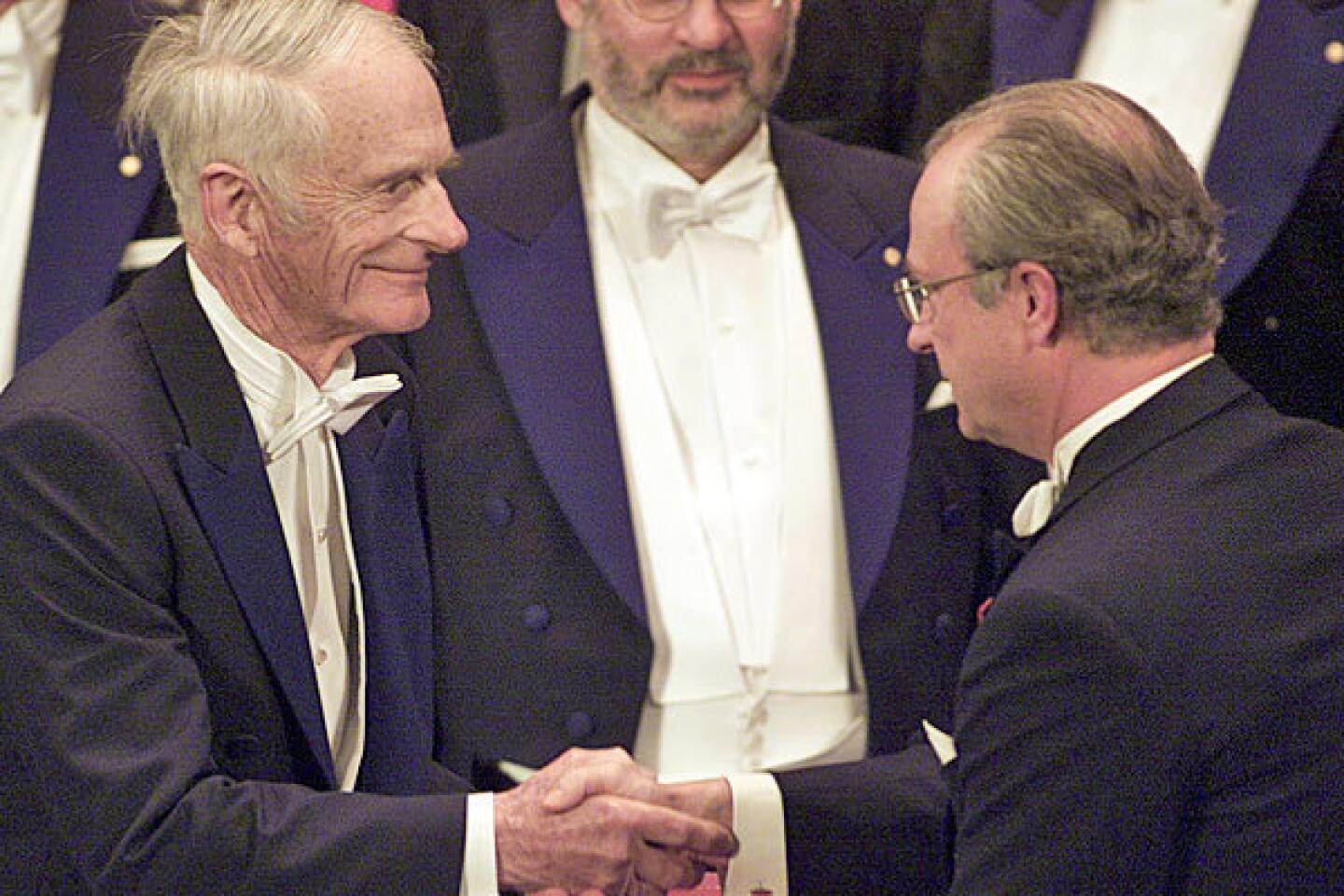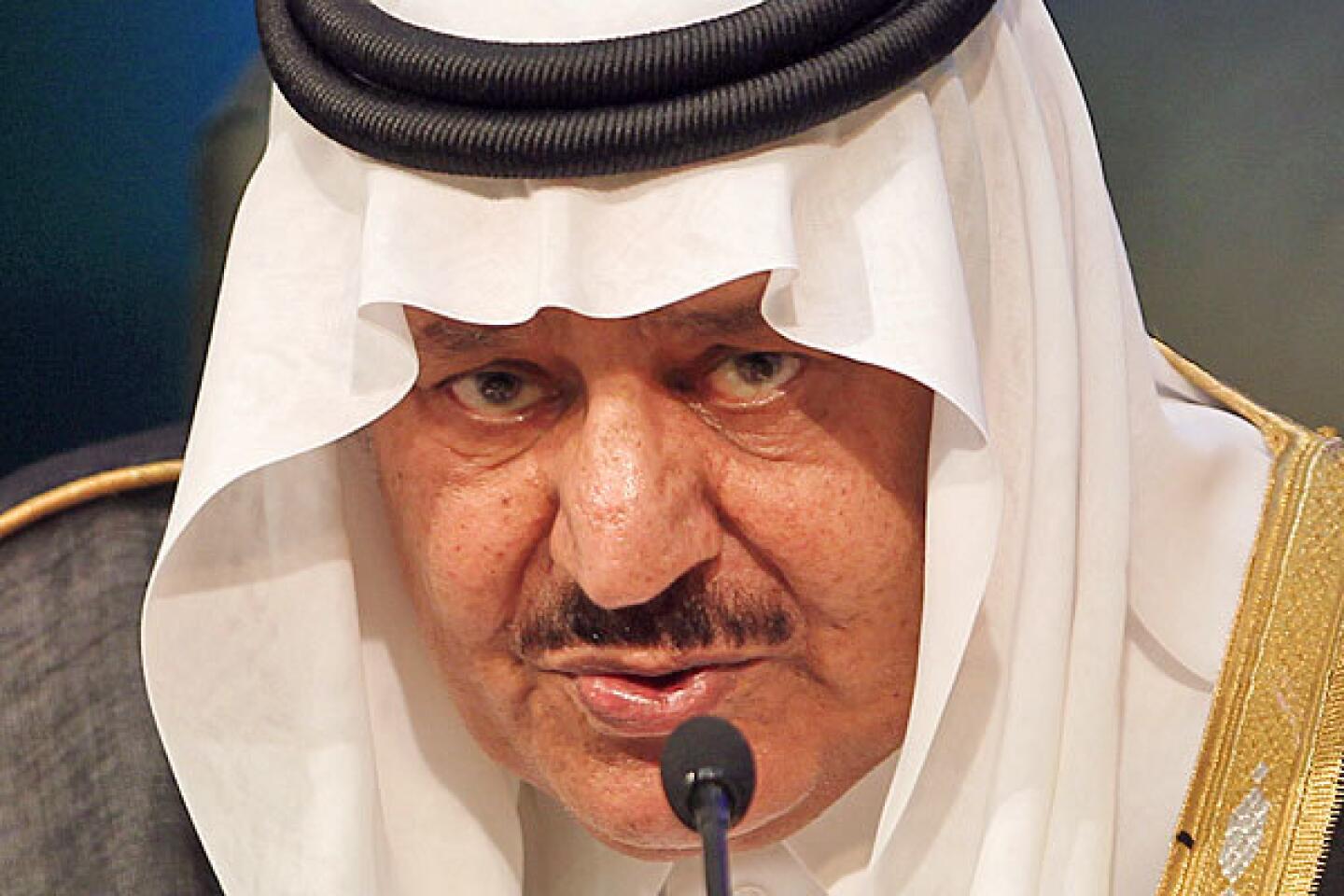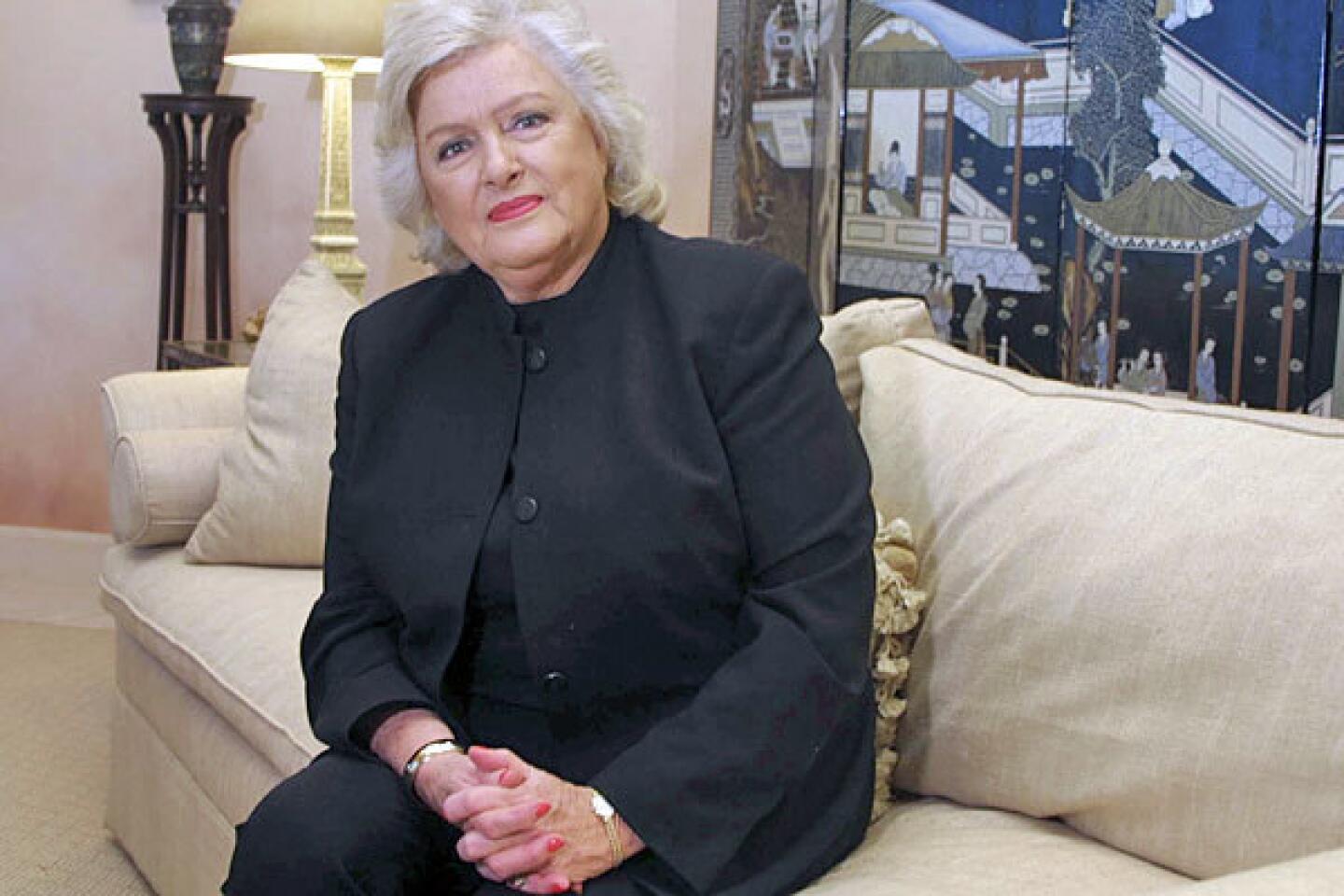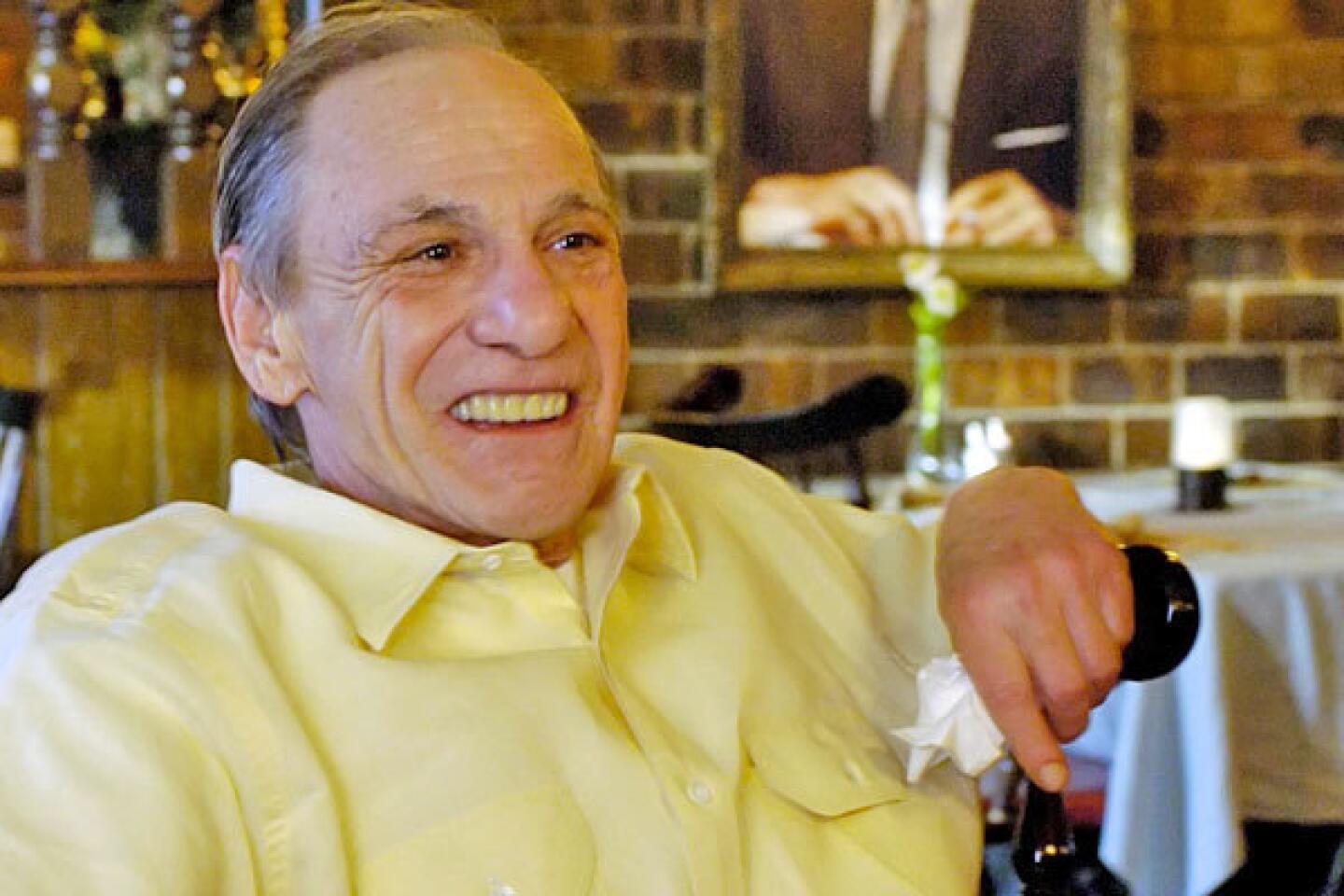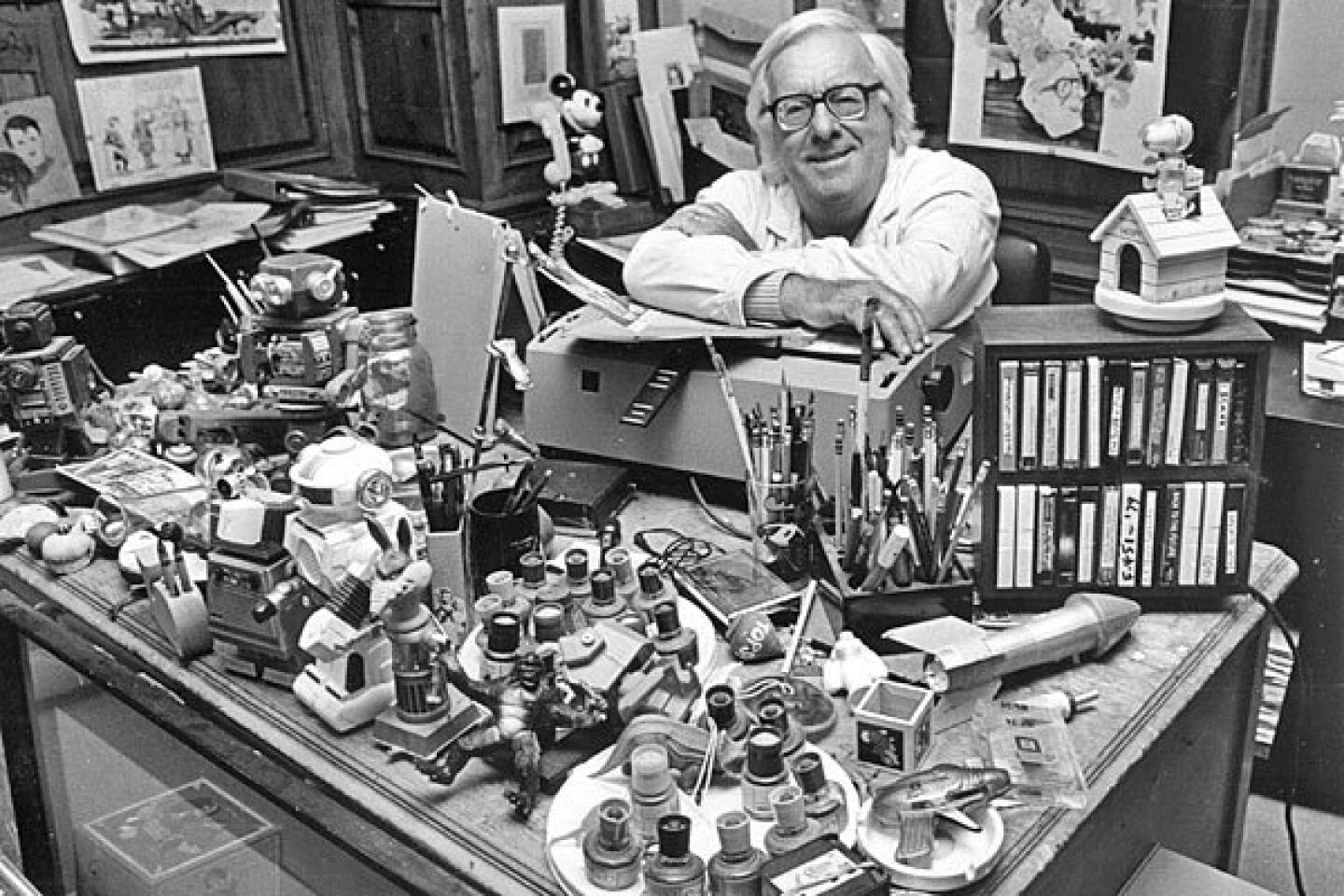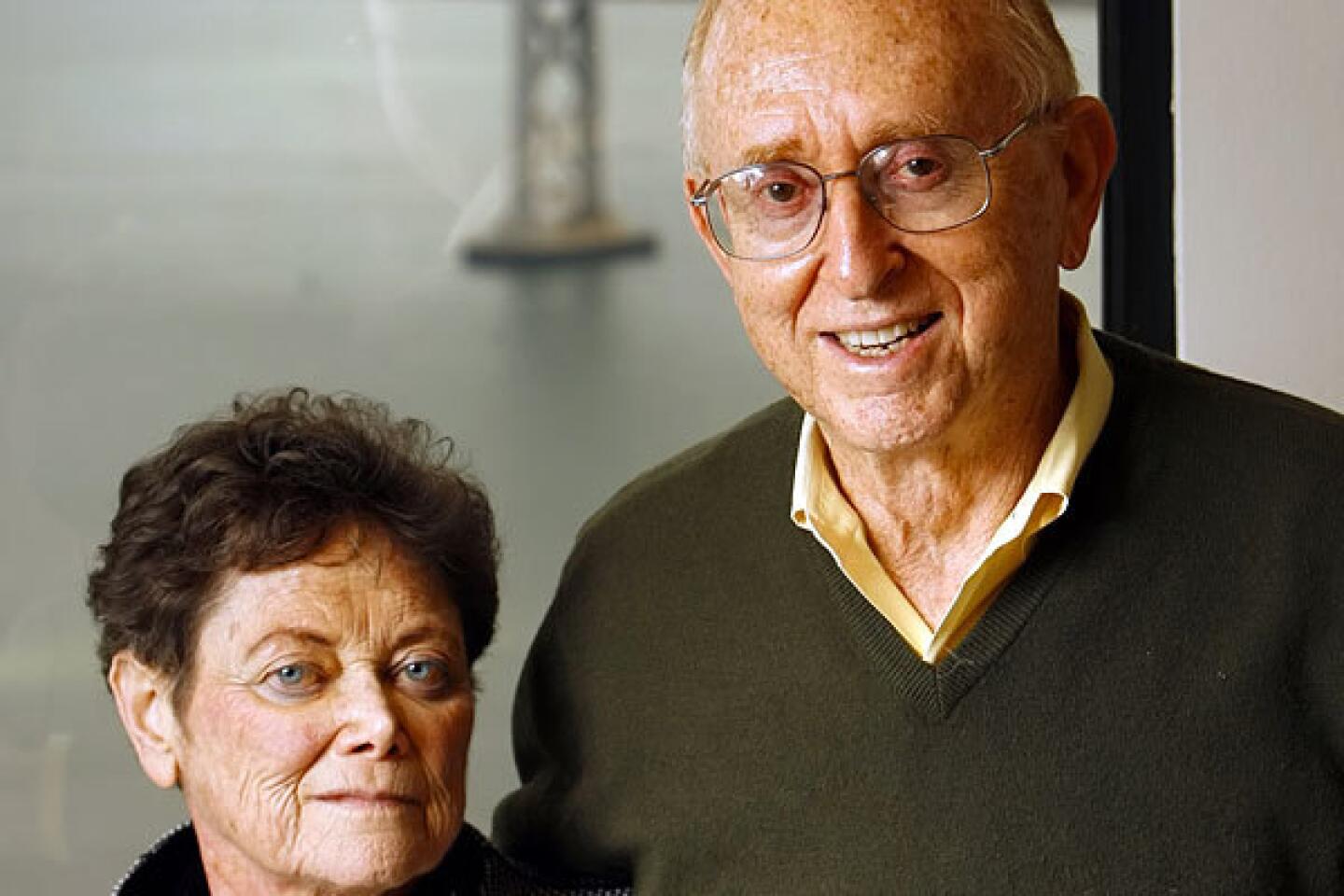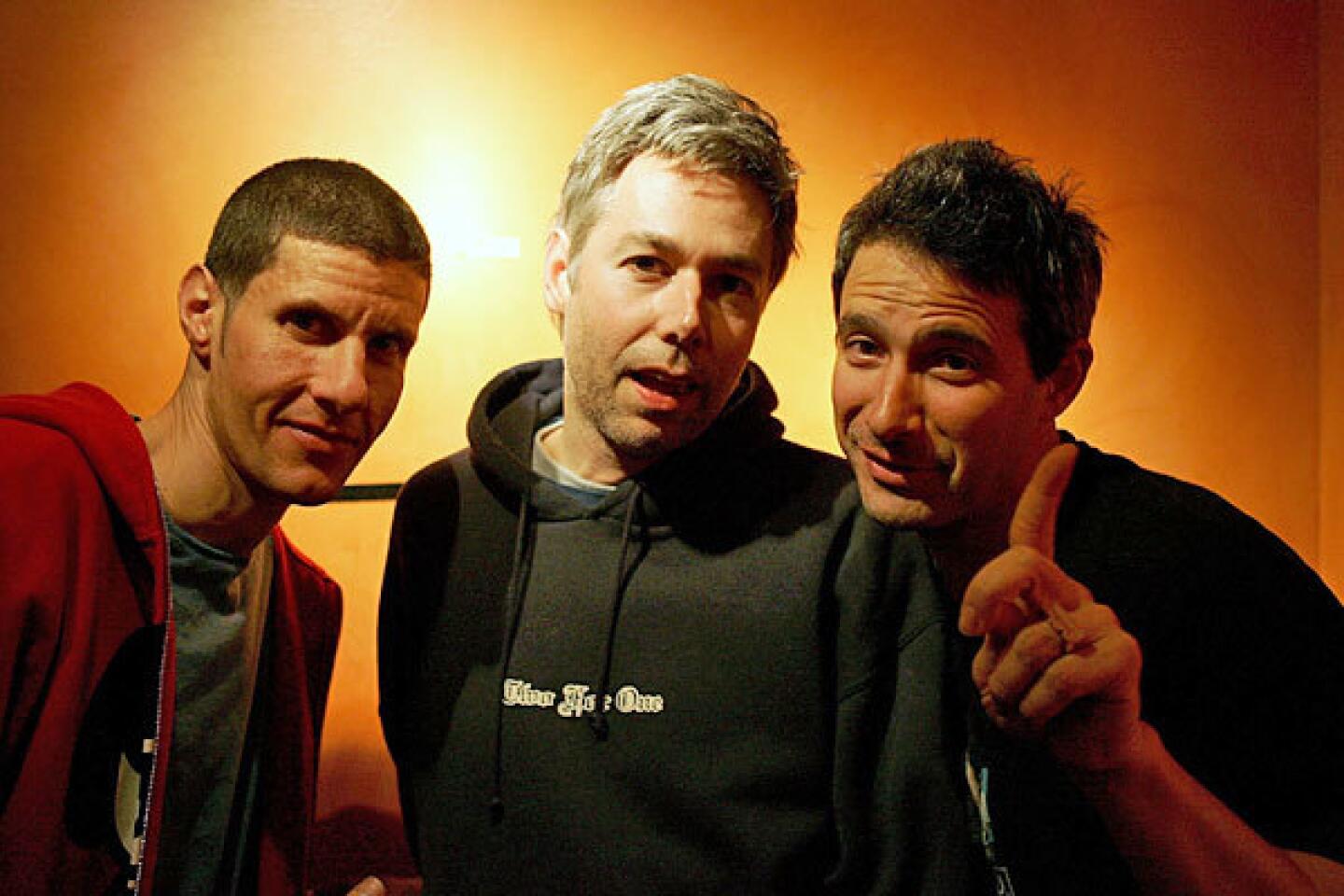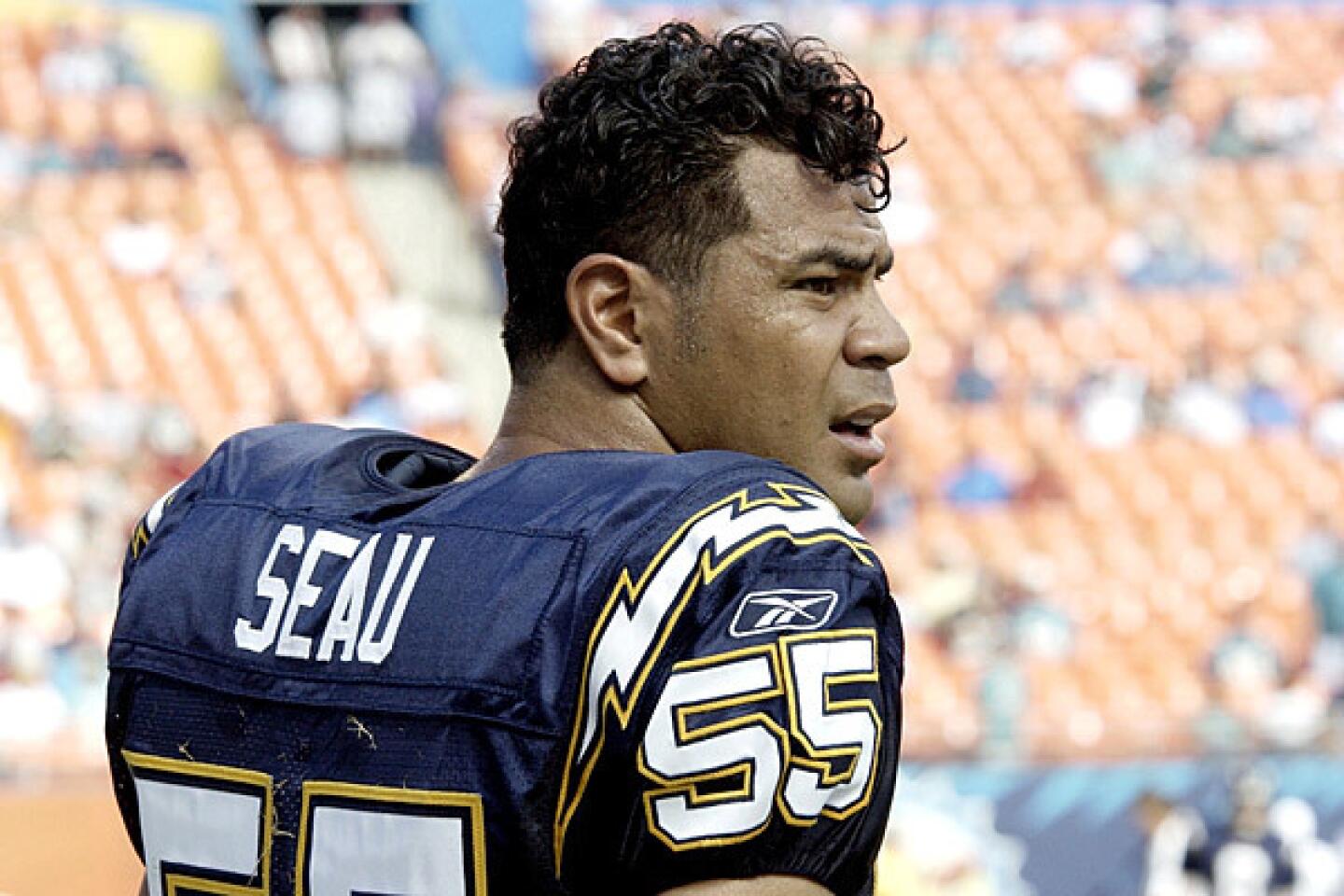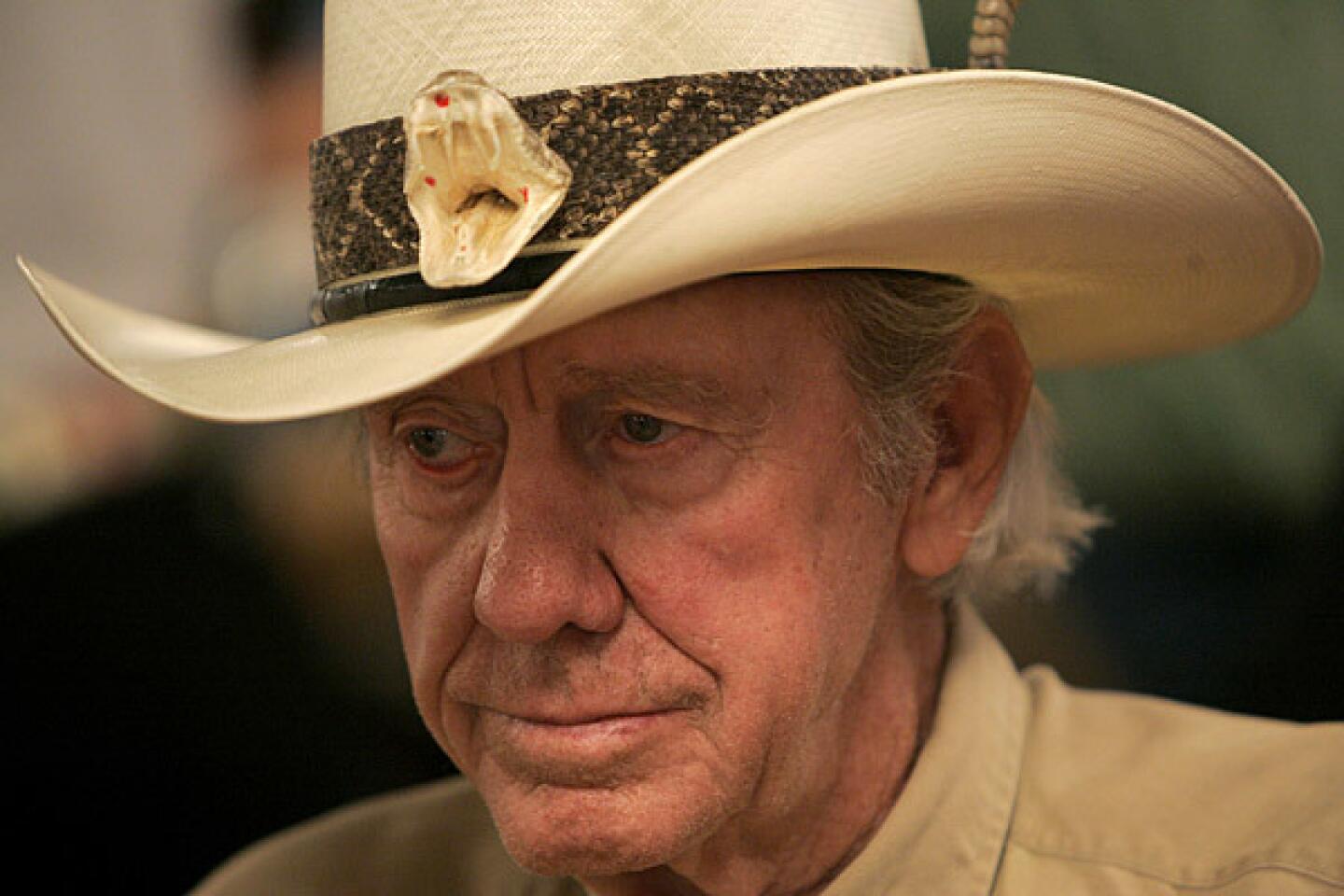Tomas Borge dies at 81; last living founder of Sandinista movement
- Share via
MEXICO CITY — Tomas Borge, last living founder of Nicaragua’s Sandinista movement and one of its most hard-line enforcers as it battled U.S.-backed forces for decades, has died. He was 81.
In Nicaragua, the government of President Daniel Ortega declared three days of national mourning and Borge’s remains lay in state at the National Palace of Culture.
Borge died Monday night in a military hospital in Managua, Ortega’s office said. No cause of death was given, but Borge had been ill for some time, suffering pneumonia, lung disease and other ailments.
The leftist government of Venezuela mourned the loss of “a paradigm of revolutionary militancy.”
“Death is but one more step to immortality,” said Rosario Murillo, Ortega’s wife and spokeswoman for his government.
Borge began conspiring against Nicaragua’s brutal dynastic dictatorship as a young teenager. Later, once victorious, he was a feared interior minister and intelligence czar and the leader most closely tied to human rights abuses during a decade of Sandinista rule.
But he was also a spellbinding orator who commanded the loyalty of his troops and could charm visiting foreigners.
“They accuse me of having a hard hand, but people closest to me know that is not the nature of my heart,” he once said.
Tomas Borge Martinez was born in August 1930 in the Nicaraguan town of Matagalpa, north of Managua. He received a Catholic school education and attended law school but dropped out to pursue politics instead, moved in part by the social injustices he saw around him. The Somoza family ran Nicaragua like a tropical serfdom.
An arrest in 1956, part of a roundup of thousands of Nicaraguans following the assassination of dictator Anastasio Somoza Garcia, probably sealed his dedication to the cause of revolution.
In 1961, Borge helped create the Sandinista National Liberation Front, a guerrilla movement that operated from Nicaragua’s hills and from exile. It fought the dictatorship of Anastasio Somoza Debayle, who had taken over after his father’s murder. Somoza enjoyed strong support from the United States government, but the theft or misuse of post-earthquake aid in 1972 and then the murder of a popular newspaper editor in 1978 galvanized the Sandinistas and other opposition who wanted to see an end to the regime.
In an uprising led by the Sandinistas, Somoza was finally toppled in 1979. The Sandinistas installed themselves in government, with Ortega as president, and set about creating a sometimes-harsh pro-Cuba system that swiftly earned the ire of the administration of President Reagan.
Over the following decade, the United States spent millions of dollars to build and arm the Contra rebel forces that unsuccessfully fought to oust the Sandinistas. The Contras turned out to be a fractious, unruly army; the war, meanwhile, gave the Sandinistas a pretext for tightening repression at home.
That task fell most often to Borge, a short, stocky man with large ears and narrow eyes. He commanded the state security and intelligence apparatus from an imposing building housing the Interior Ministry. Outside hung a banner with the Orwellian slogan: Guardian of the People’s Happiness.
Borge was considered the most rigid member of the nine Sandinista comandantes who oversaw Nicaragua. Dissidents and opposition figures were frequently jailed or harassed, sometimes even killed. Especially targeted were clerics in the Roman Catholic Church and the Miskito Indians on Nicaragua’s Atlantic coast. He repeatedly shuttered or censored the opposition press.
He had once said the Sandinistas would rule forever. But when they finally held free elections in 1990 and, to the shock of the world and themselves, lost, it was Borge who helped ease the transition by accepting it.
“There was a swagger about Tomas Borge that could be either reassuring or terrifying,” writer Stephen Kinzer said in his 1991 book on Nicaragua, “Blood of Brothers.” “His hairline receded and his waist thickened as the years passed, but he never lost his air of command.”
Of the nine comandantes, he was “the only one who had read Flaubert and Dante, and he was also one of the few among them who mixed easily with ordinary people,” Kinzer said.
Borge was also dogged by charges that he, like many other senior Sandinistas, used their posts to enrich themselves, first during the so-called piñata, when between the time the Sandinistas lost the 1990 election but before the new government took over, they hastily gave themselves property and other bounty.
And later, when Ortega returned to office in 2007 (and was reelected again last year), Borge, as one of the few original Sandinista leaders who remained loyal to Ortega, is believed to have benefited substantially. He always denied that he had amassed a secret fortune.
Borge’s public role had lessened in recent years. He served as ambassador to Peru before his death.
He is survived by his second wife and several children.
More to Read
Start your day right
Sign up for Essential California for the L.A. Times biggest news, features and recommendations in your inbox six days a week.
You may occasionally receive promotional content from the Los Angeles Times.


